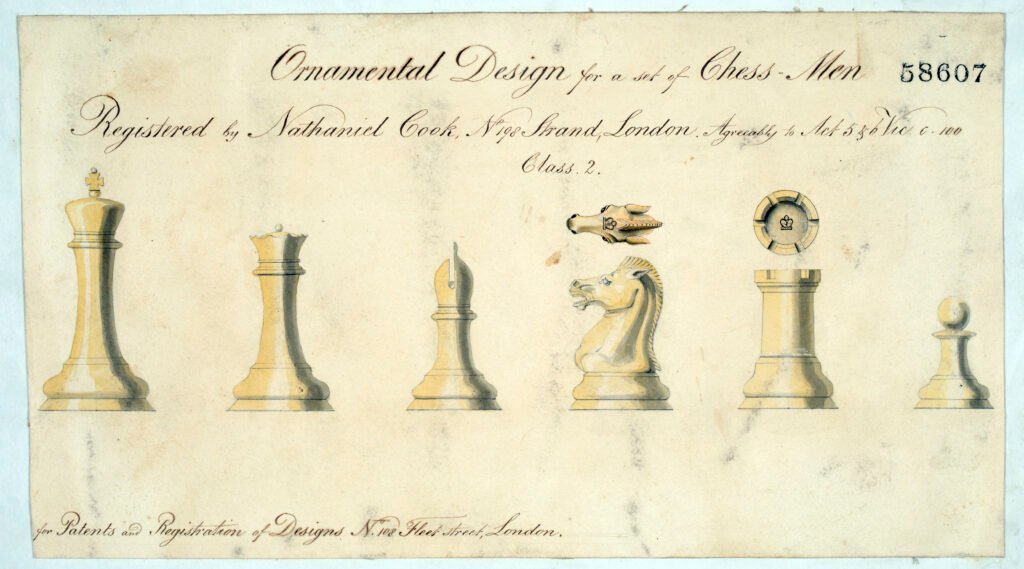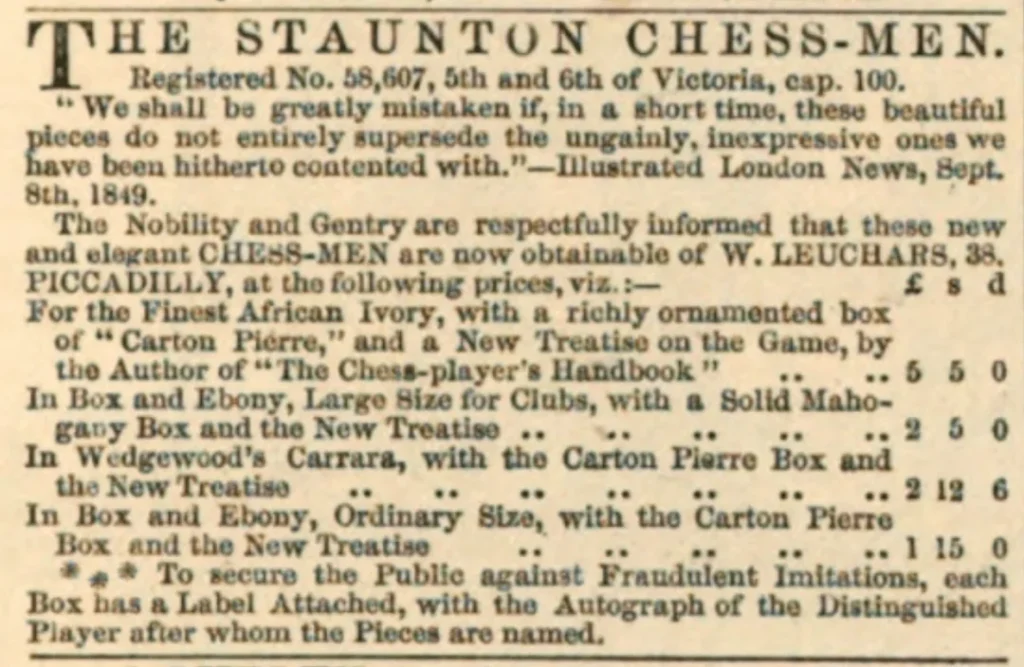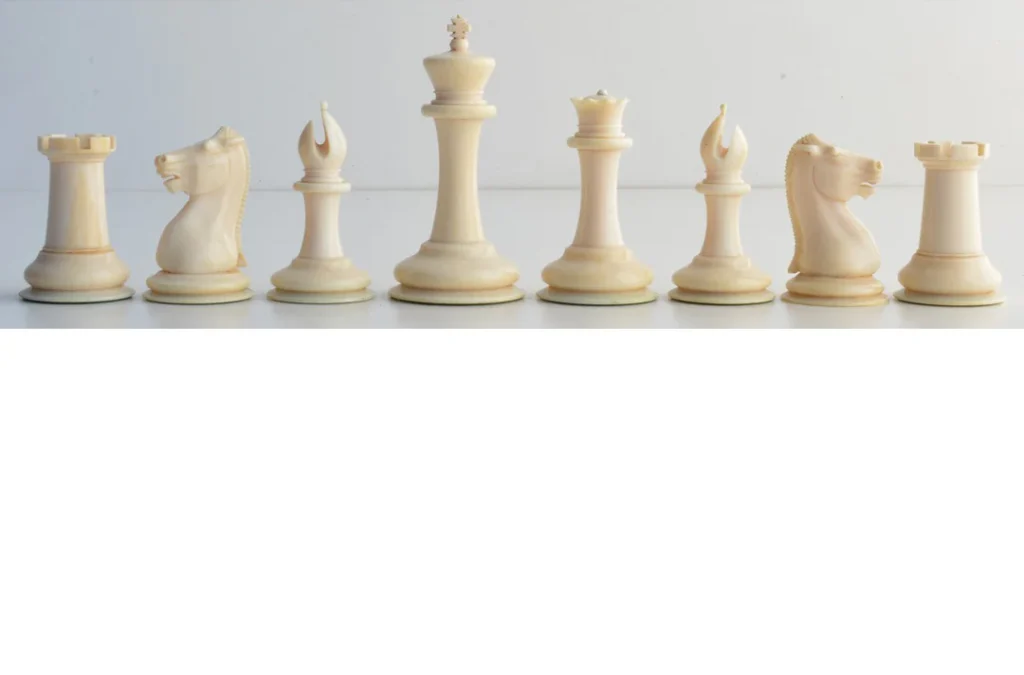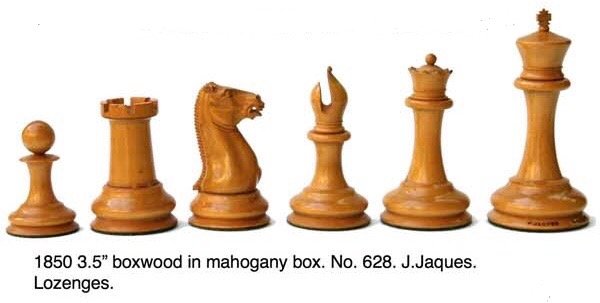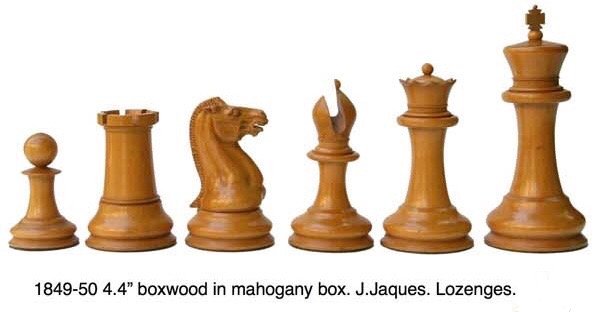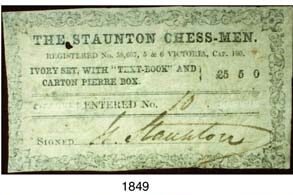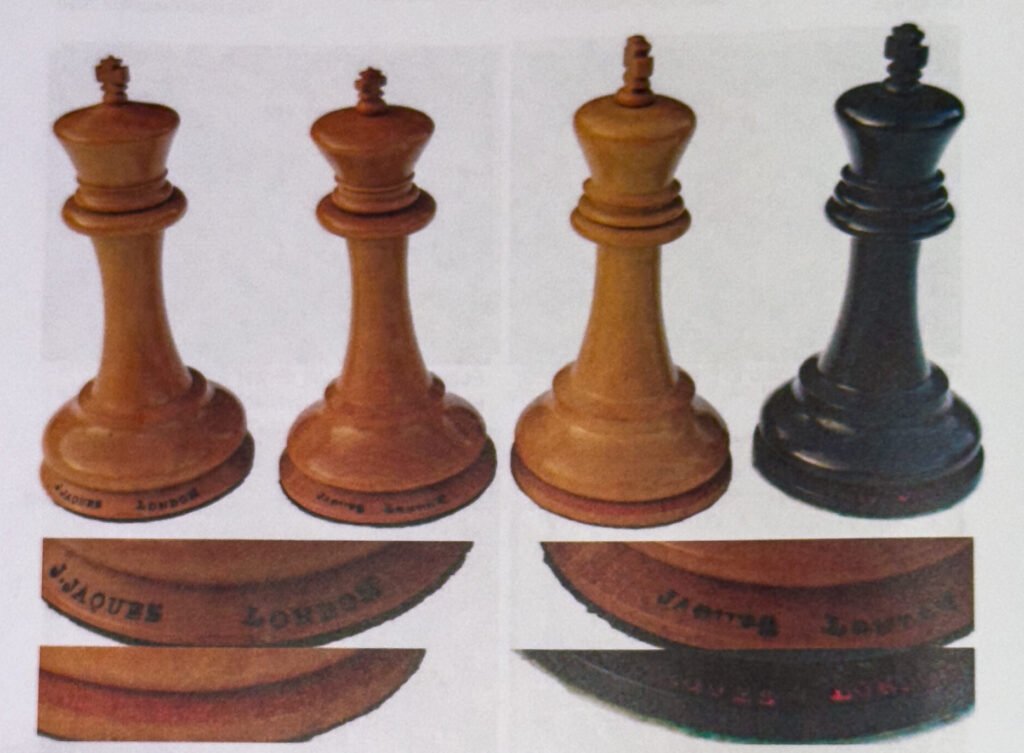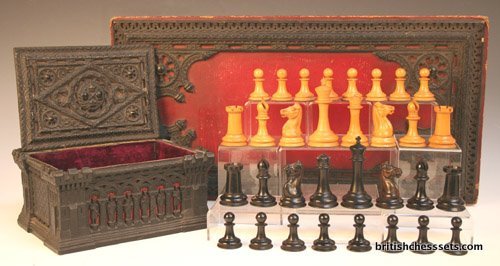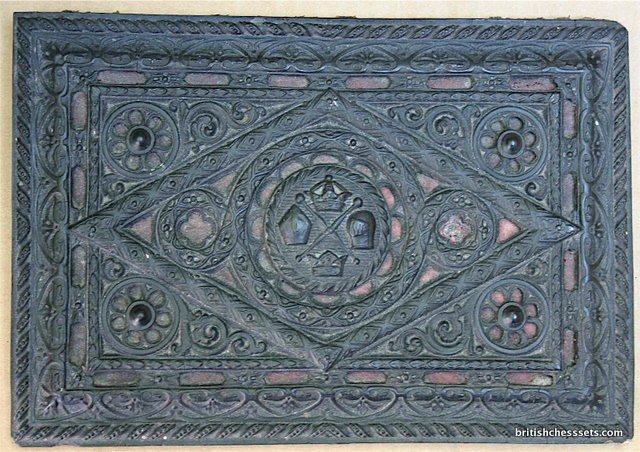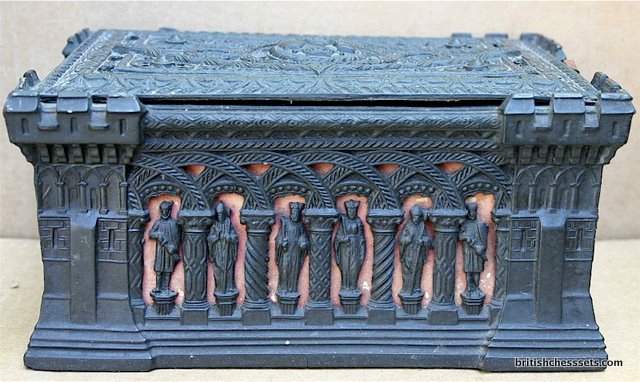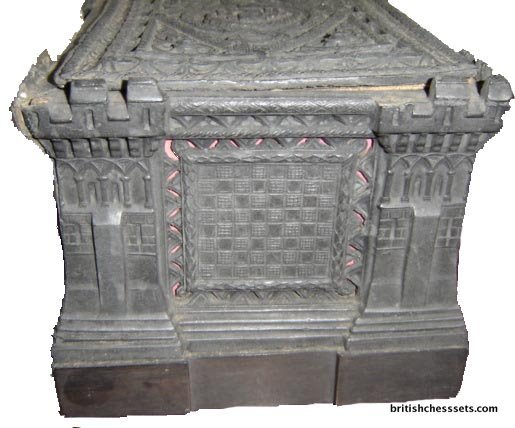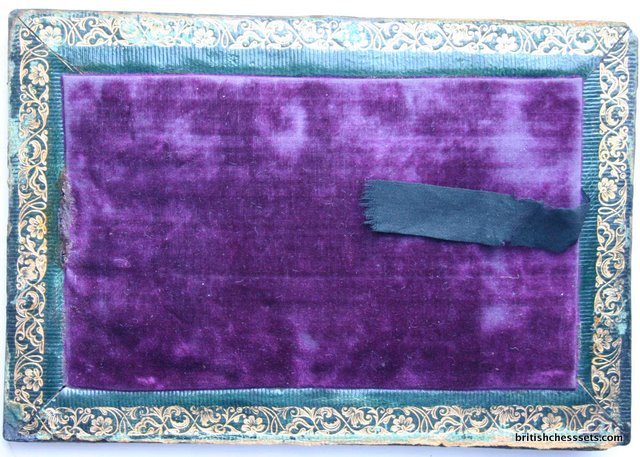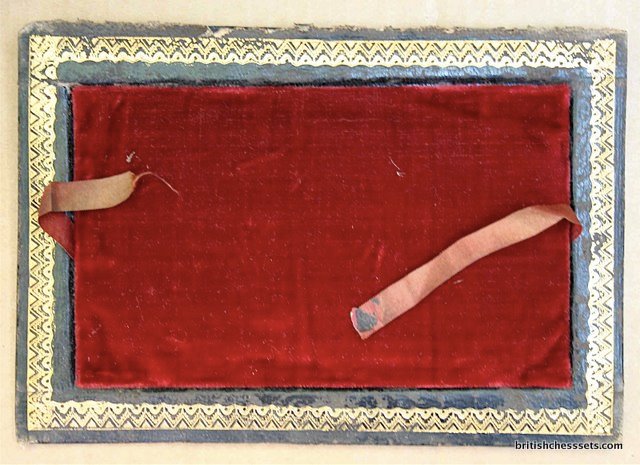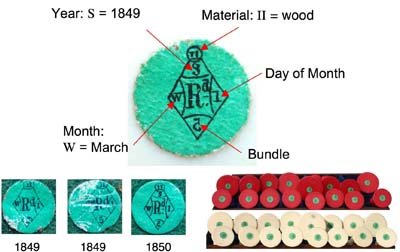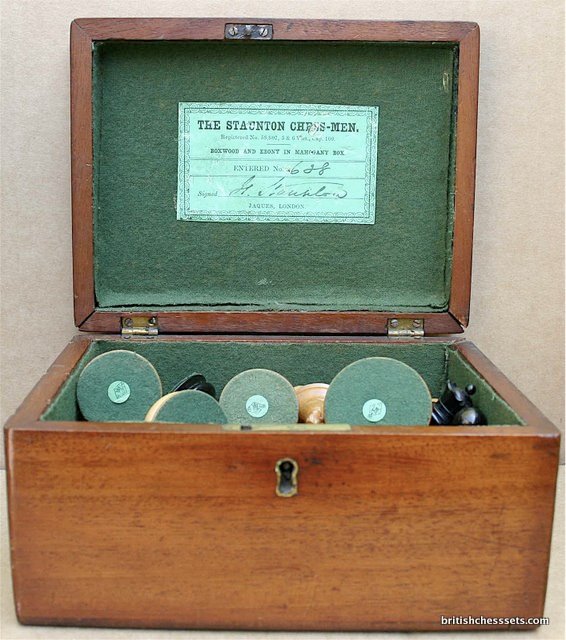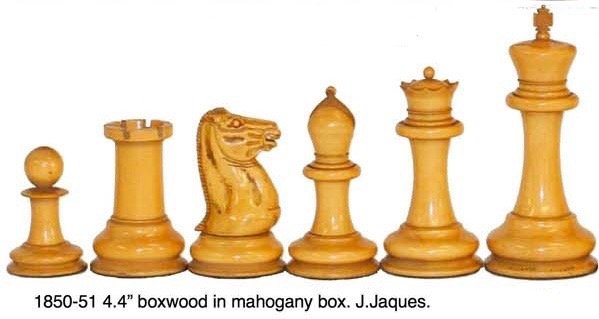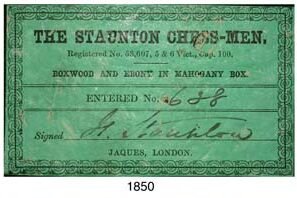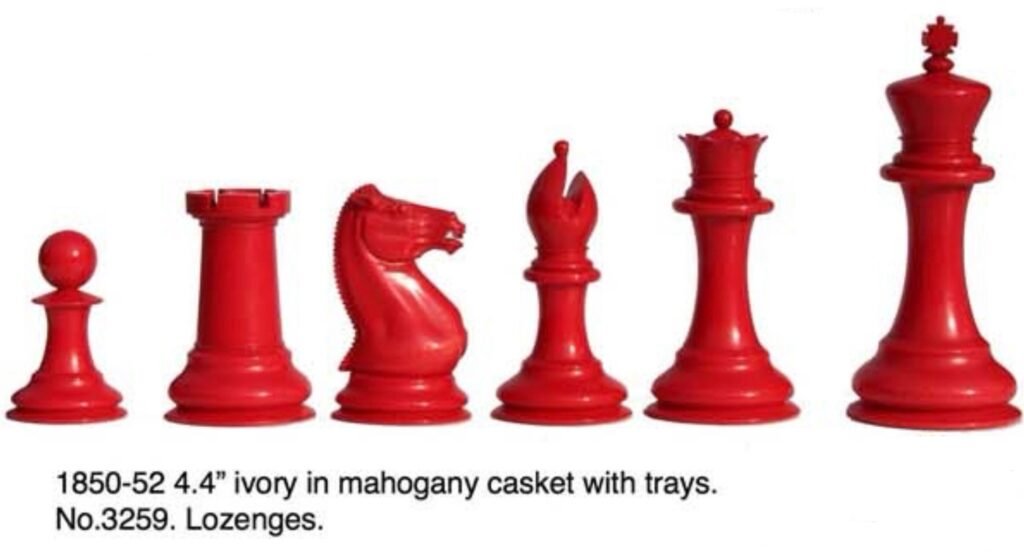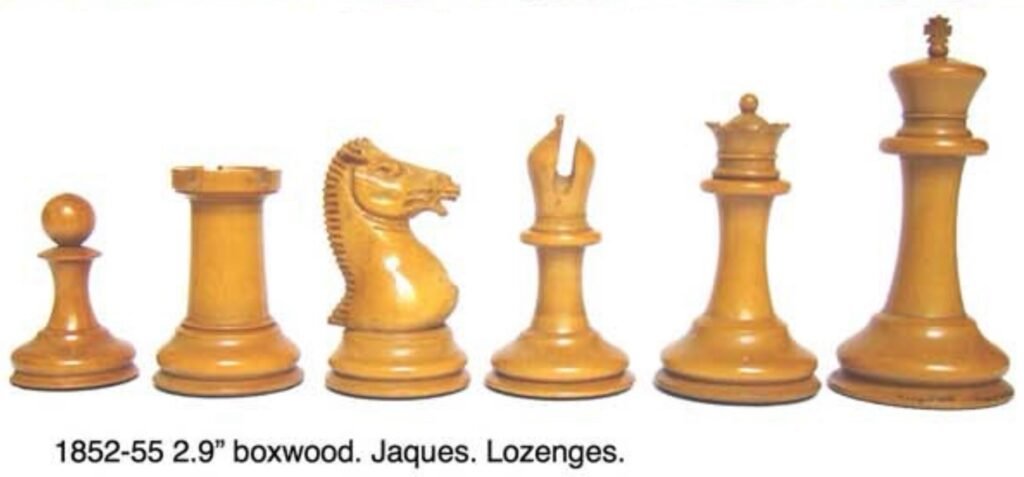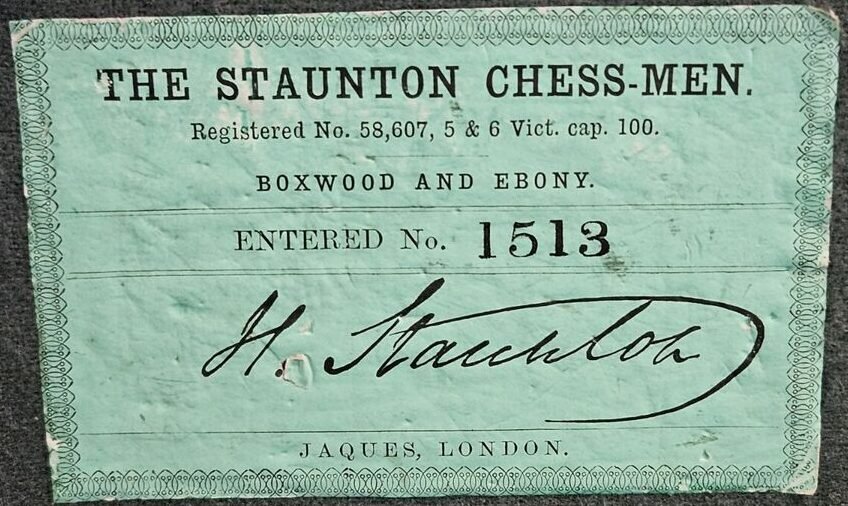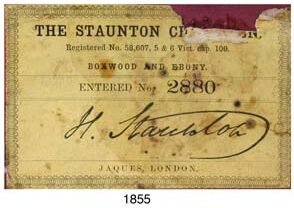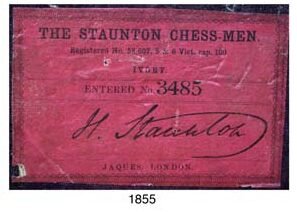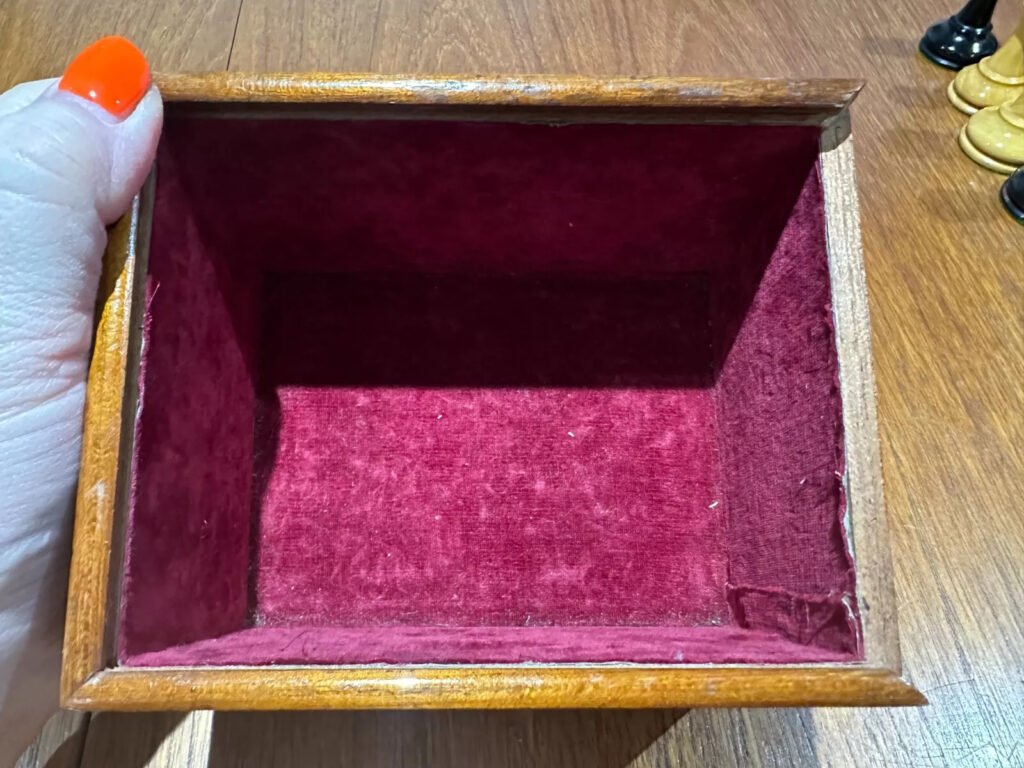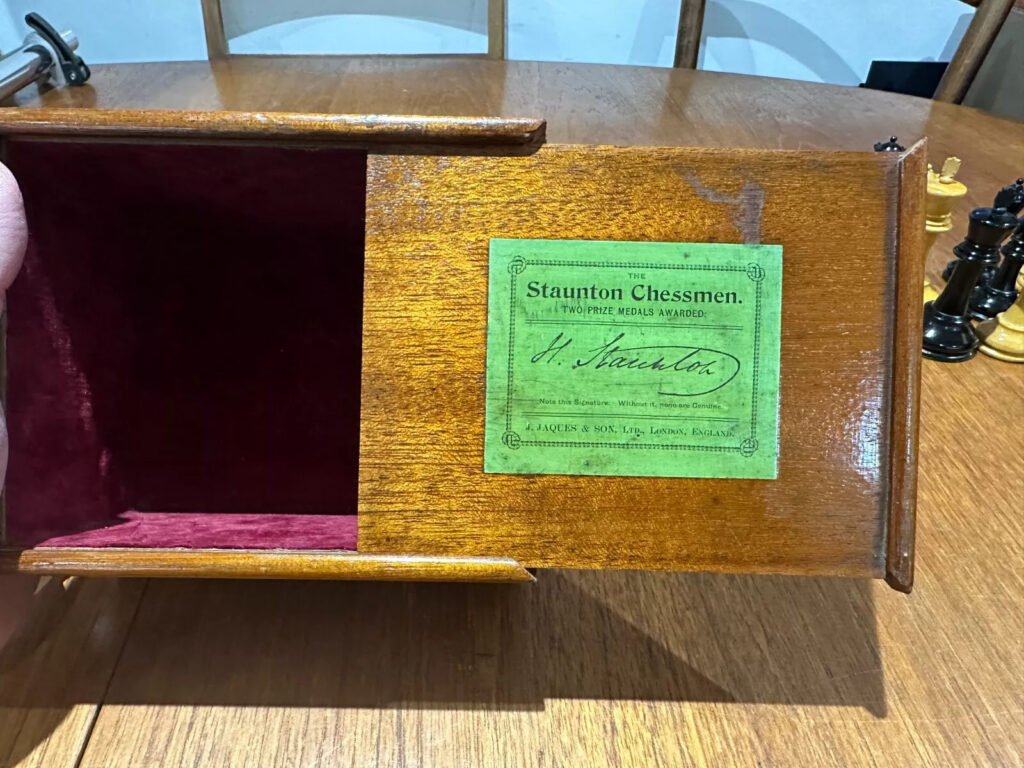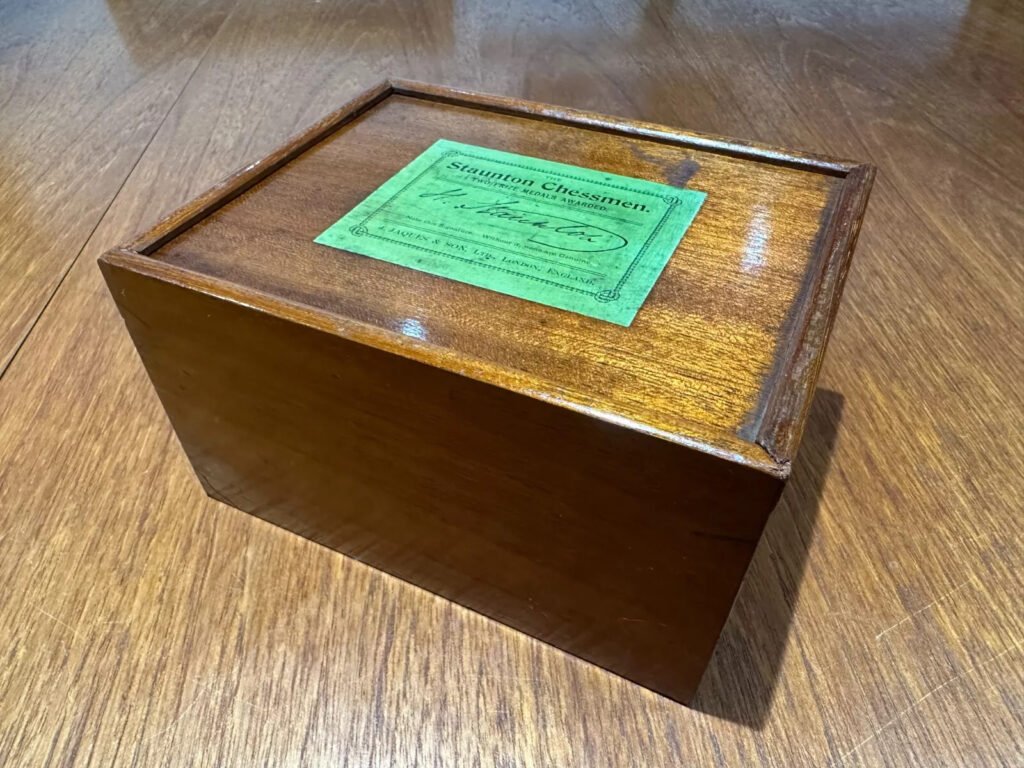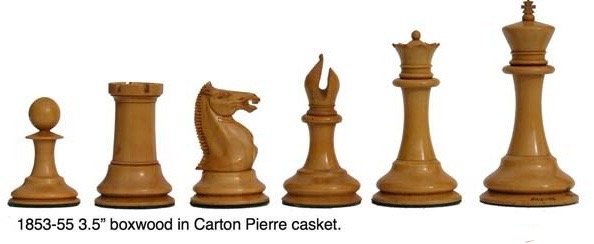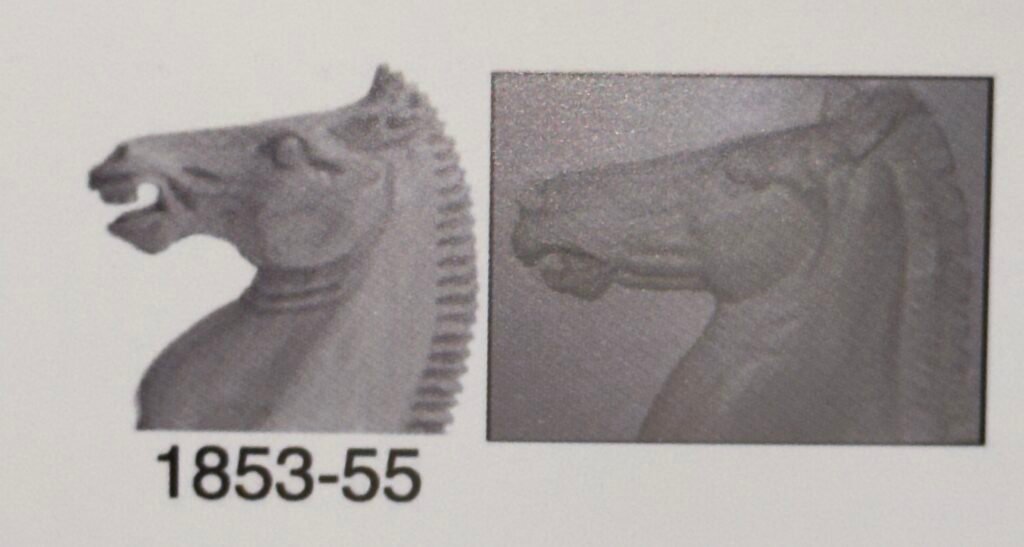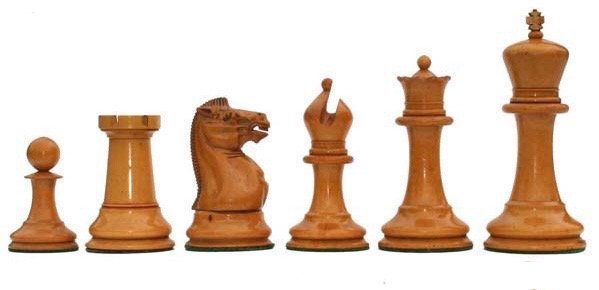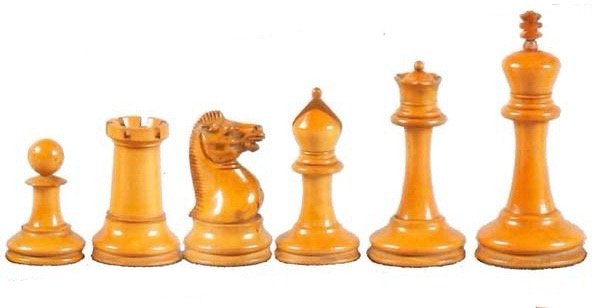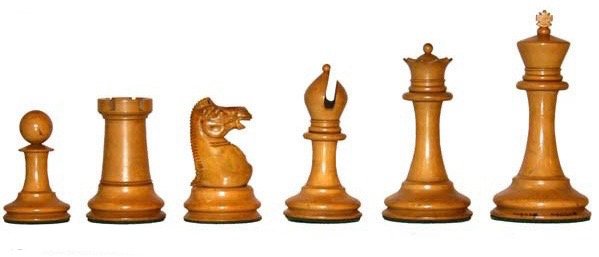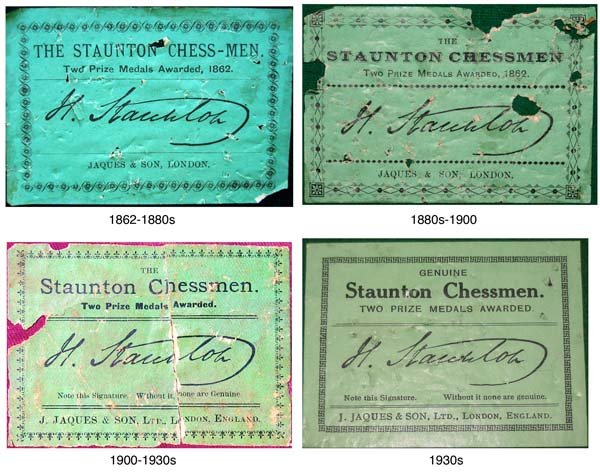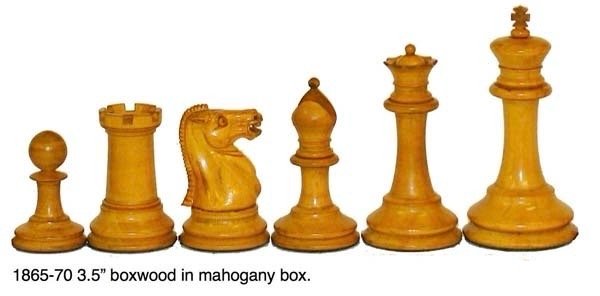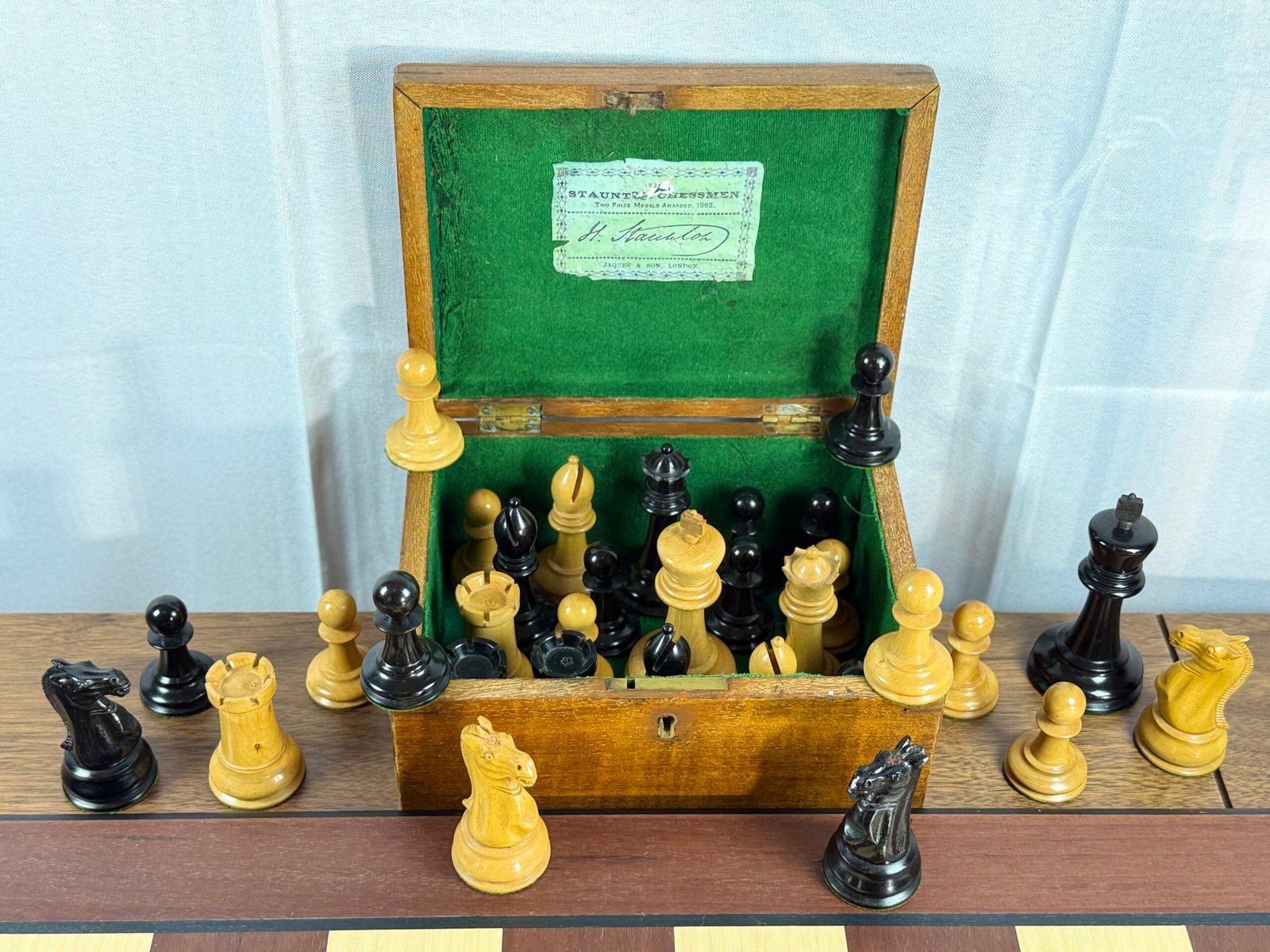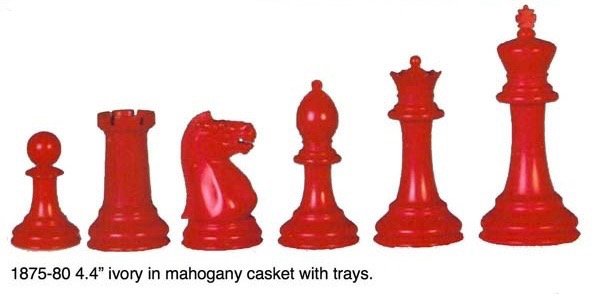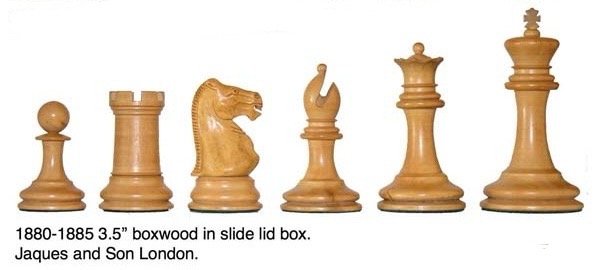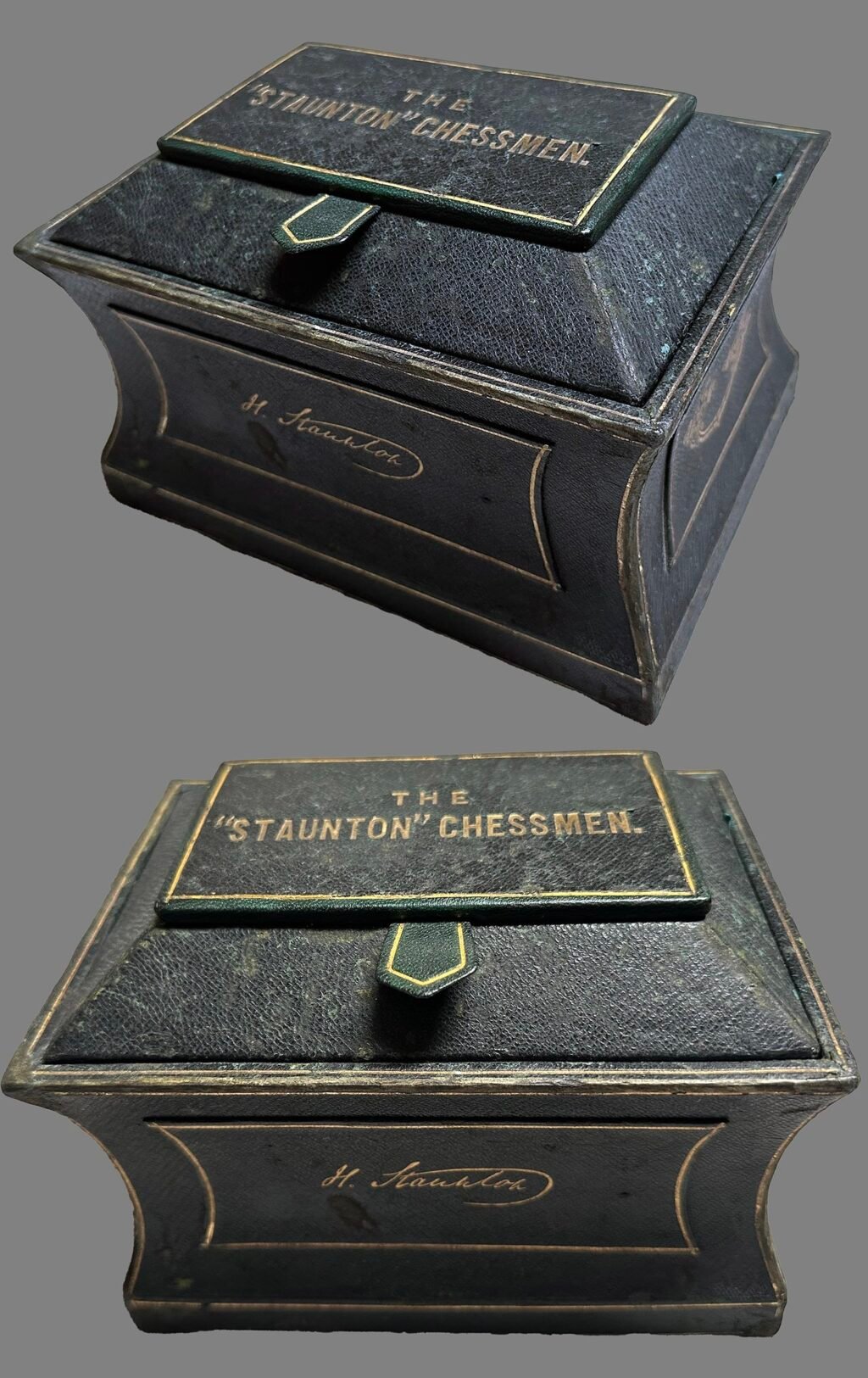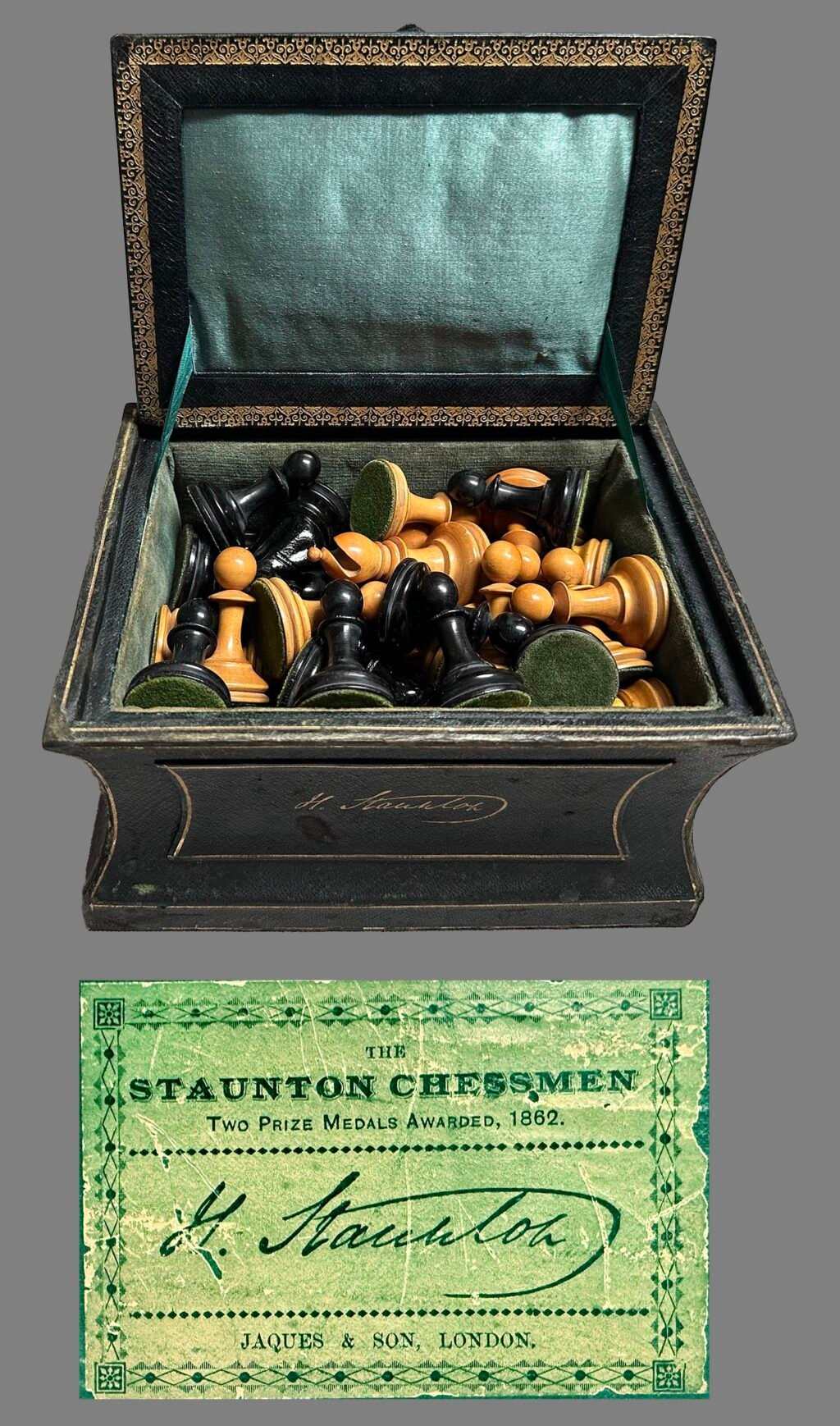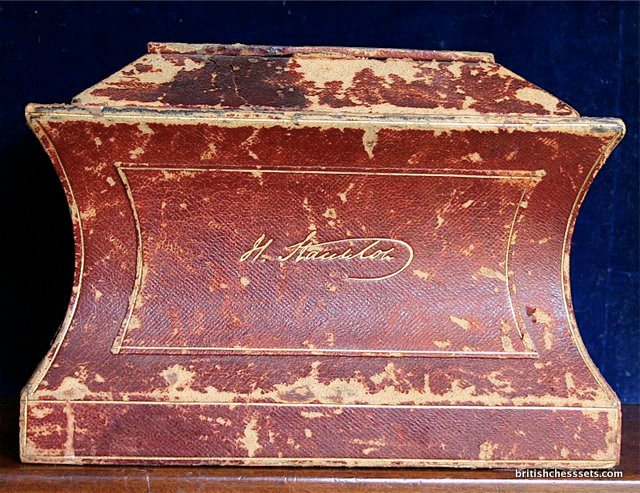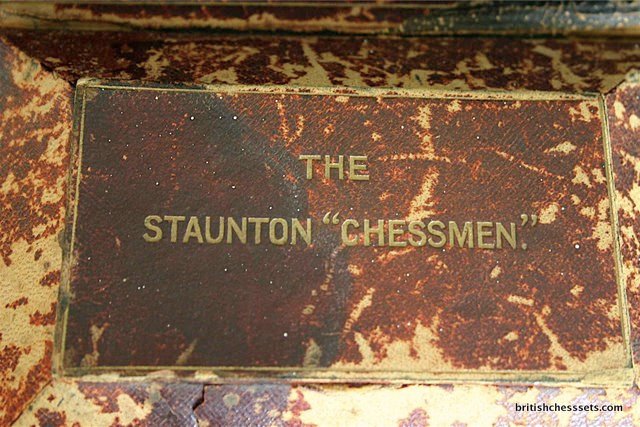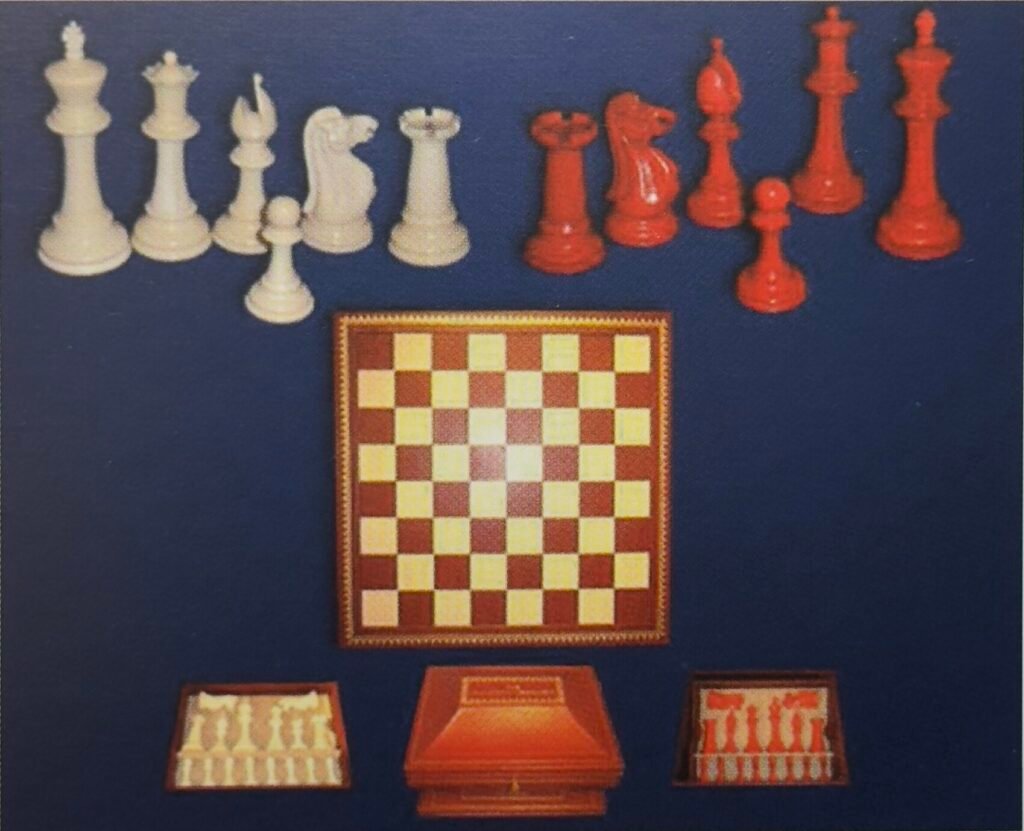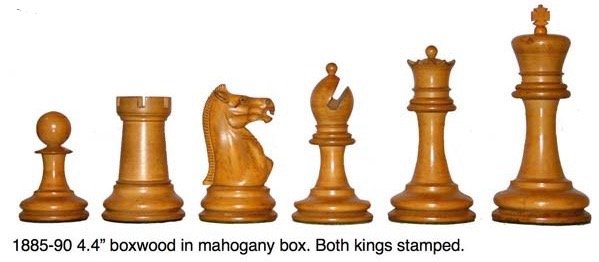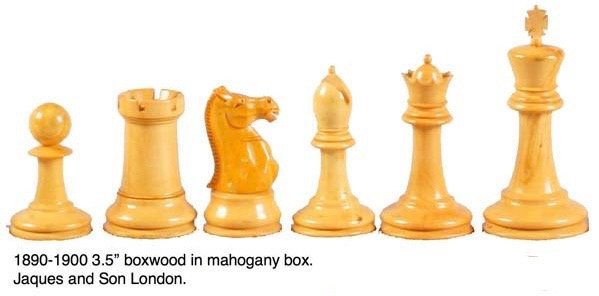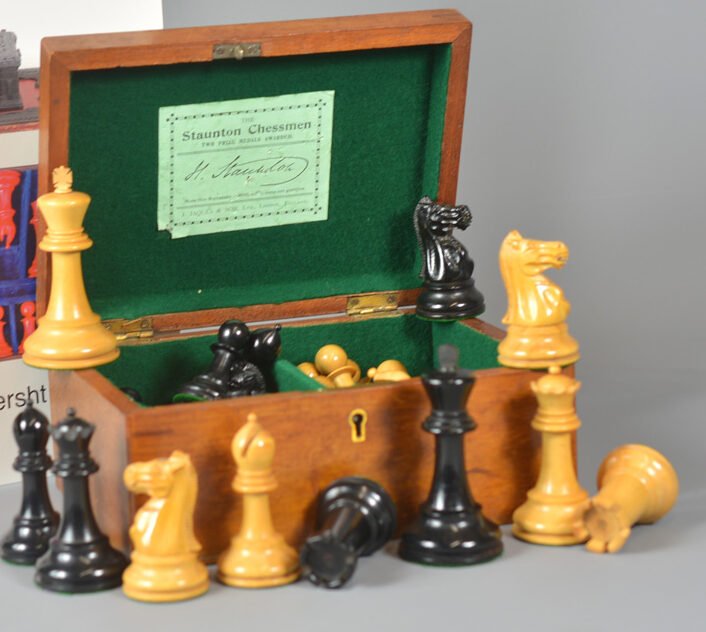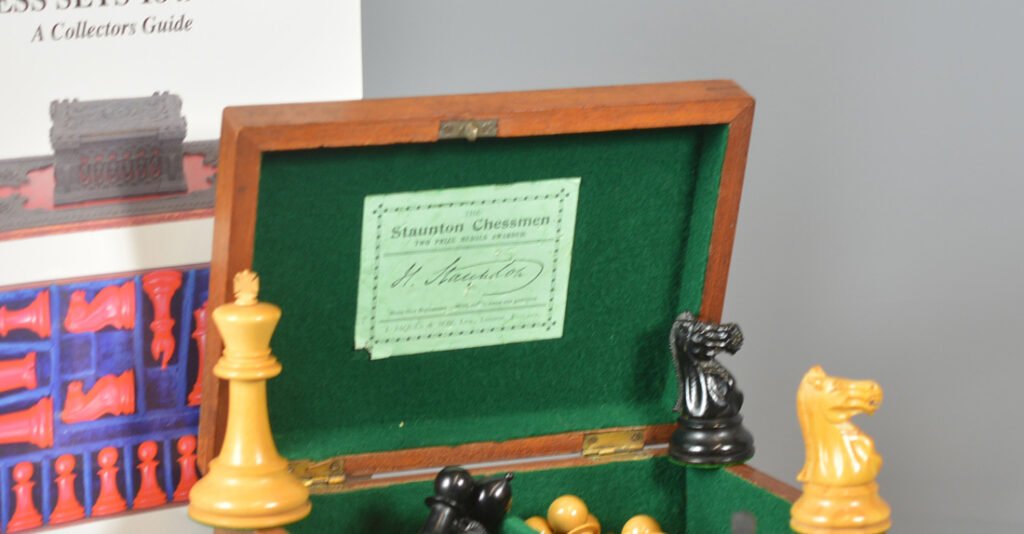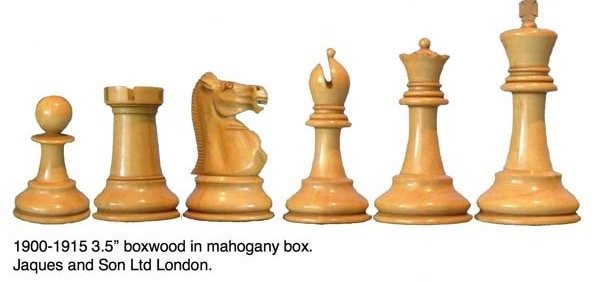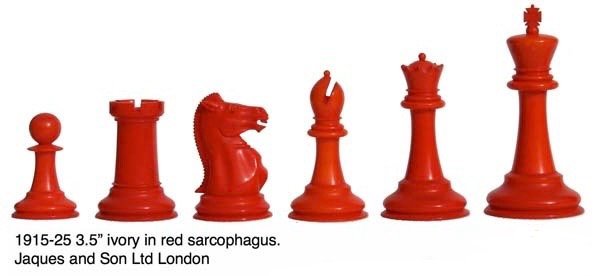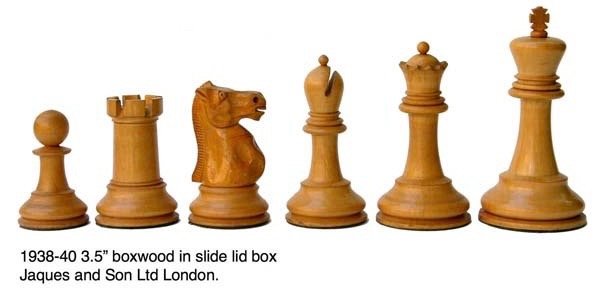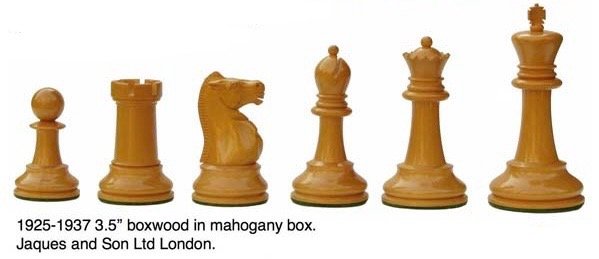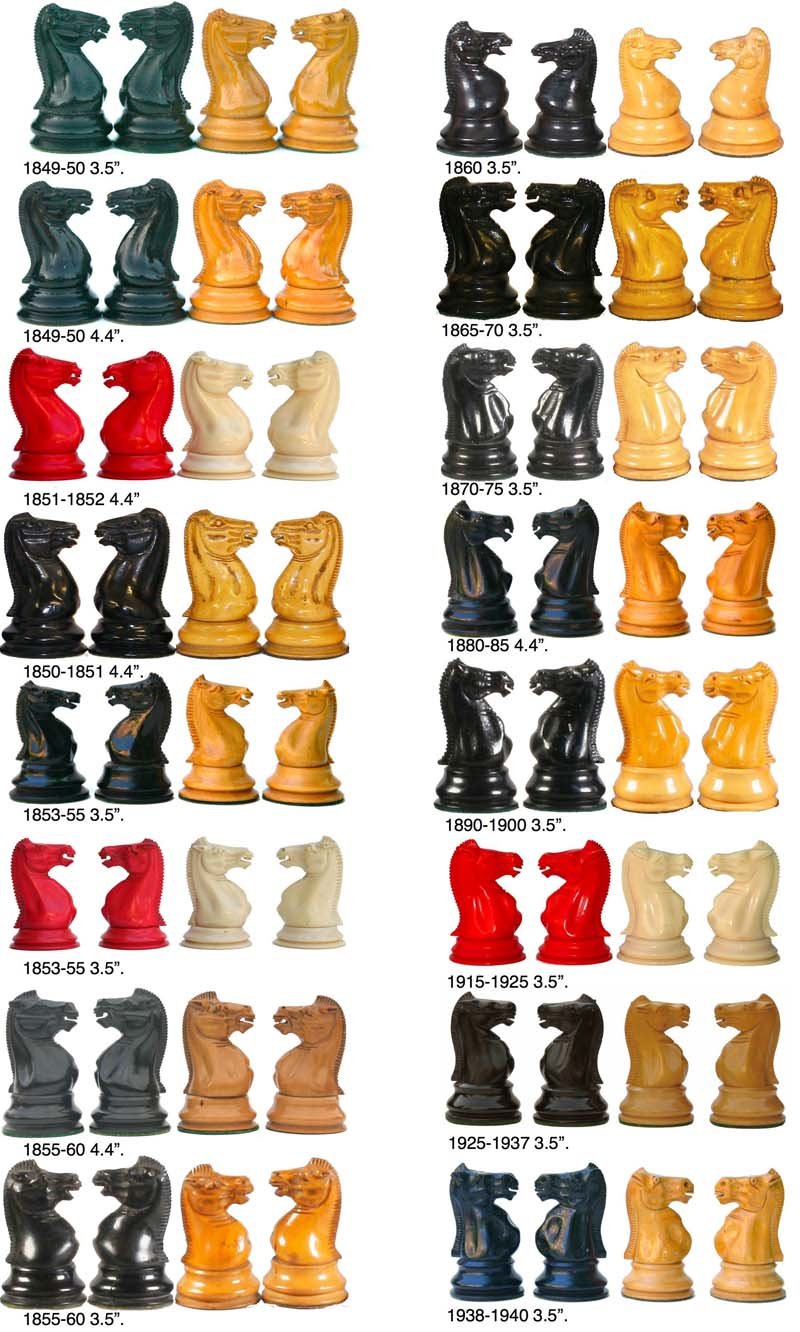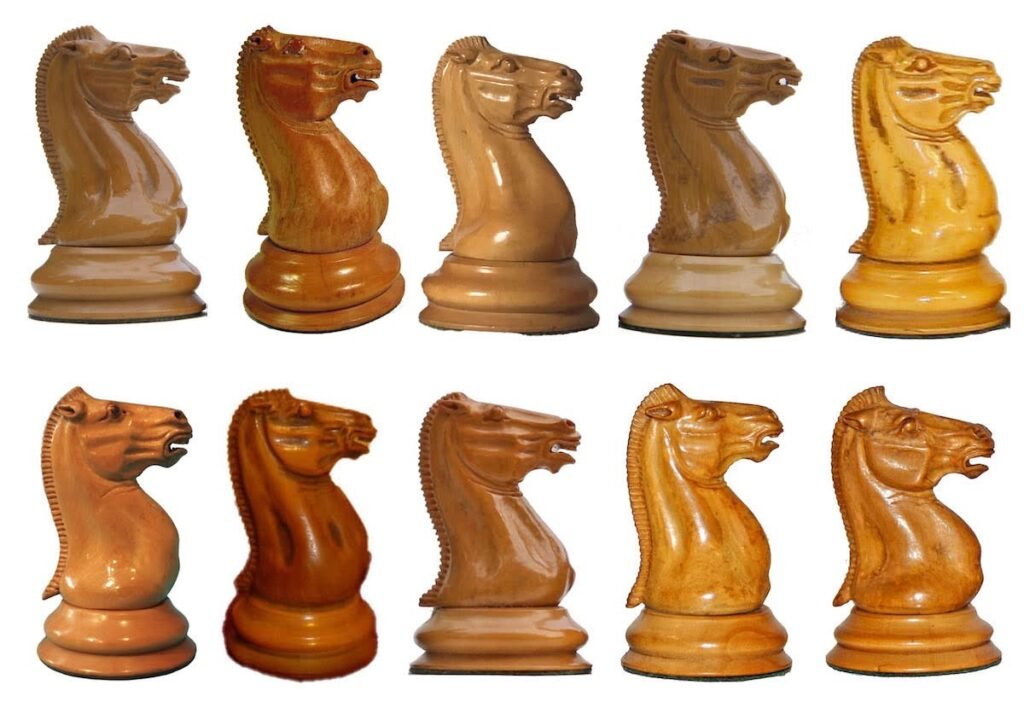This Antique Jaques Timeline exists thanks to the extraordinary research and dedication of Frank Camaratta and Alan Fersht, whose decades of work on antique Jaques chess sets have laid the foundation for this project. Frank’s lifelong commitment to research is the reason many of us today possess the knowledge and evidence that allowed Alan and others to elevate this study to the next level. Since the 1980s, Frank’s meticulous work—supported by his personal collection of hundreds of sets and thousands of photographs of pieces, boxes, and labels—has made it possible to date much of what is now regarded as factual history of the Jaques Staunton Chessmen.
Alan’s contributions through his books—Jaques Staunton Chess Sets 1849–1939 and Jaques and British Chess Company Chess Sets—along with his website, britishchesssets.com, serve as cornerstone references for this Historical Jaques Chess Set Timeline. I am deeply grateful to Alan for generously allowing the use of selected images from his books and website to bring this project to life.
The goal of this timeline is to act as both an extension and a practical resource that complements Frank and Alan’s invaluable work—helping enthusiasts and collectors educate themselves, identify, or even reconstruct possible original sets.
For a deeper and more detailed analysis, I encourage you to visit: britishchesssets.com.
(This timeline will be updated with revisions or newly discovered information as it becomes available.)
Nathaniel Cooke filed an “Ornamental Design for a set of Chess-Men” (Registered Design No.58,607) : Nathaniel Cooke's last name was misspelled on the design registration (Cook).
(Image by: U.K. National Archives of nationalarchives.gov.uk)
The first Jaques of London "Staunton Chess-Men" were officially advertised in The Illustrated London News for sale on September 29, 1849 at W.Leuchars on 38-39 Piccadilly.
(Image by: Internet Archives of archive.org)
The first of Jaques long line of Masterpieces, "Leuchar's Cook(e)","Cook(e) Type 1" and "Cook(e) Type 2" set designs.
(Images by: Alan Fersht of britishchesssets.com& Royal Chess Mall of RoyalChessMall.com)
Each set from the first series featured a hand-signed and numbered label. For boxwood and ebony sets housed in mahogany boxes, a green label was used, while sets housed in Carton Pierre caskets—whether boxwood/ebony or ivory—carried a white label. These early labels, used by Staunton up to at least set No. 684, were titled “THE STAUNTON CHESS-MEN” and framed with a decorative floral border.
The name “Jaques” was not printed directly on the label but rather impressed using a blind stamp. This appeared on the left side of the printed number, while “J. JAQUES” and “LONDON” were stamped on the right—either in a straight line or a curved arrangement. These labels were hand signed for one to two years at most and printed entered numbers for another two to four years.
(Image by: Alan Fersht of britishchesssets.com)
During the first year of production (1849–1850), the base of boxwood kings and the underside of white ivory kings were stamped with “J. JAQUES LONDON.” This marking was later simplified to “JAQUES LONDON," a format that has remained in use to the present day.
(Images by: Alan Fersht of britishchesssets.com)
The earliest Jaques 3.5” (89 mm) sets—crafted from ivory, boxwood and ebony—were originally housed in Carton Pierre (papier-mâché) caskets. These sets were often advertised alongside the Leuchars Carton Pierre boards, and customers could purchase both the board and set as a matching ensemble, as seen with this 1849 example.
The casket design remained unchanged until 1927. Over time, adaptations were made to accommodate different set sizes: a false bottom was added to fit the smaller 2 7/8” sets, and a skirting was introduced to deepen the interior for the larger 4.4” ivory sets.
Original labels were affixed underneath the caskets. Sets featuring these labels became increasingly rare after 1890.
(Images by: Alan Fersht of britishchesssets.com)
are a Diamond-shaped Registration (Lozenge) which are in the middle of a green round sticker under every piece. These stickers entitles protection against the design being copied by rival for three years.
(The earliest [1849] have The “S” omitted by mistake but the “5” in the correct orientation)
(Image by: Alan Fersht of britishchesssets.com)
Jaques started selling Weighted - “Large Club size” Boxwood / Ebony sets housed in cheaper mahogany boxes.
(Image by: Alan Fersht of britishchesssets.com)
The 1850–51 "Morphy" sets are born.
(Image by: Alan Fersht of britishchesssets.com)
In April of 1850, Jaques introduced the highly sought after “Large Club sized” Ivory sets to the world.
(Image by: Royal Chess Mall of RoyalChessMall.com)
Jaques started selling Unweighted - 3.5" Boxwood / Ebony sets housed in cheaper mahogany boxes.
(Image by: Alan Fersht of britishchesssets.com)
After October 1850, the labels on mahogany boxes for boxwood sets were moved to the underside of the hinged lid. These green labels featured a new border design and the inscription "JAQUES LONDON" at the bottom. This relocation proved fortunate, as very few of the earlier labels affixed beneath the boxes have survived in legible condition.
(Image by: Alan Fersht of britishchesssets.com)
In 1850, the name stamp marking was simplified to “JAQUES LONDON," a format that has remained in use to the present day.
(Images by: Alan Fersht of britishchesssets.com)
Are the only Jaques set without a "Camaratta Codex" name to it.
(Image by: Alan Fersht of britishchesssets.com)
Jaques design mix & match
Some pieces from earlier designs were occasionally carried over into newer production batches and sold as-is. To help identify or reconstruct a possible Jaques set, use the slider tool below to mix and match piece designs. This tool allows you to combine elements from up to four (4) consecutive design generations, making it easier to recreate or match a historically plausible set configuration.
(SETS FROM 1849-1852)
(Images by: Alan Fersht of britishchesssets.com)
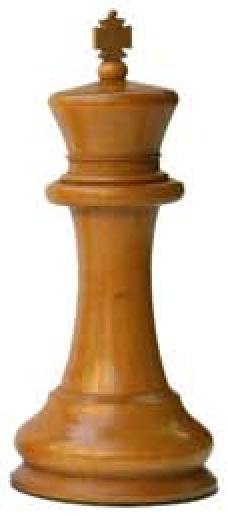
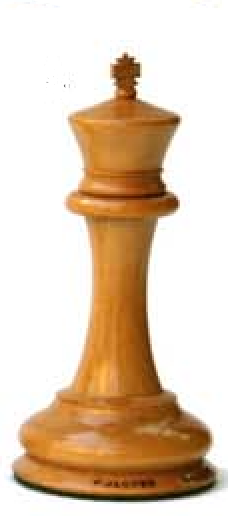

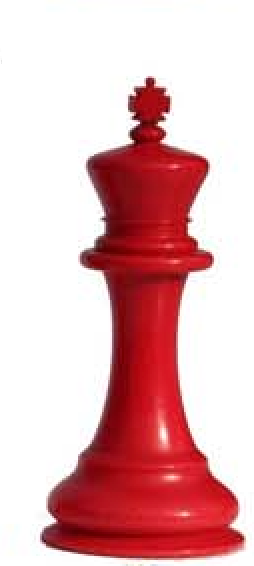
(1849/50 "Cook(e)"Type 2)-(1850 "Cook(e)"Type 1)-(1850/51 "Morphy")-(1851-52)

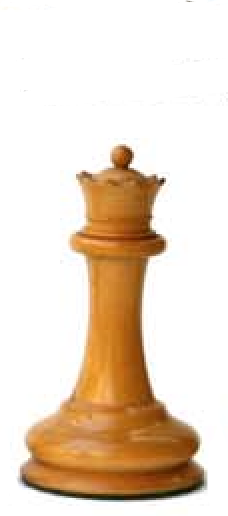
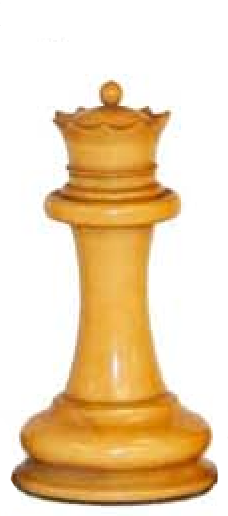
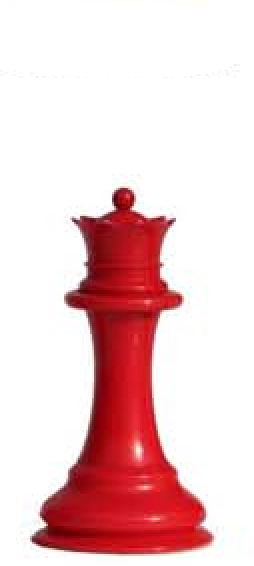
(1849/50 "Cook(e)"Type 2)-(1850 "Cook(e)"Type 1)-(1850/51 "Morphy")-(1851-52)
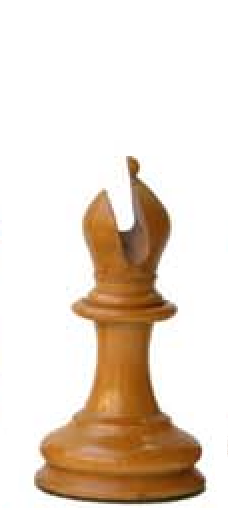

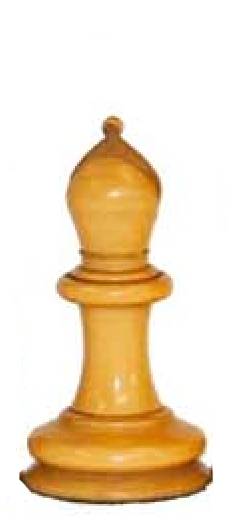
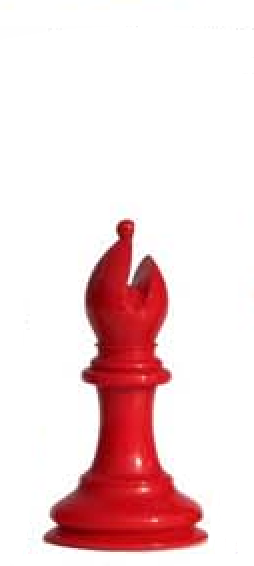
(1849/50 "Cook(e)"Type 2)-(1850 "Cook(e)"Type 1)-(1850/51 "Morphy")-(1851-52)
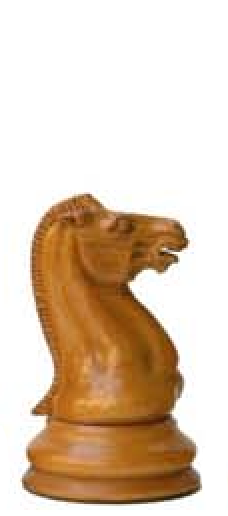
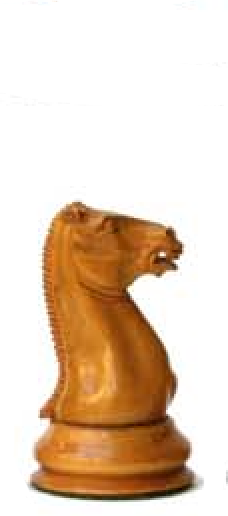
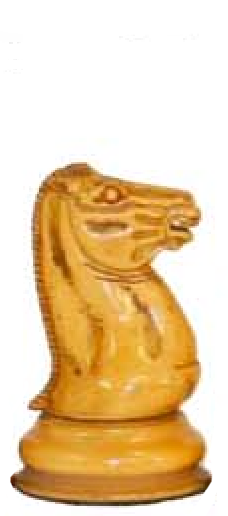
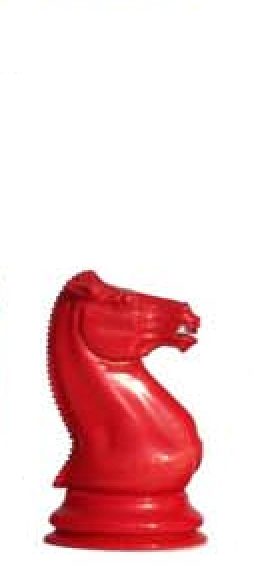
(1849/50 "Cook(e)"Type 2)-(1850 "Cook(e)"Type 1)-(1850/51 "Morphy")-(1851-52)
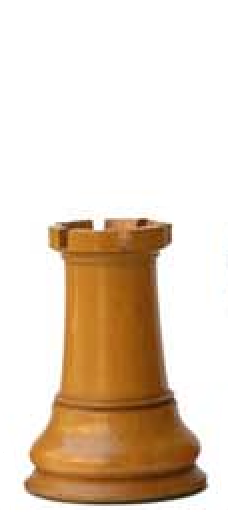
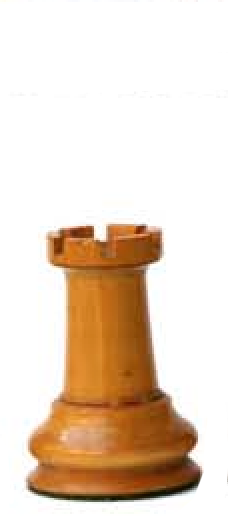
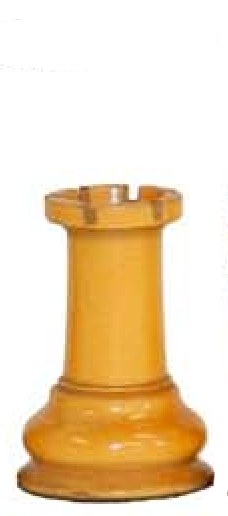
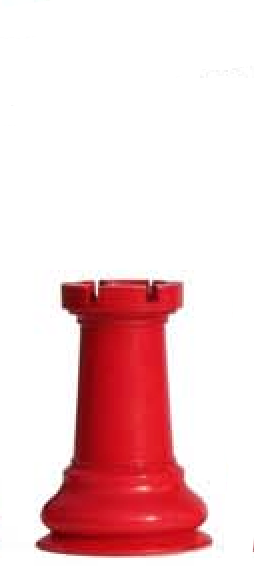
(1849/50 "Cook(e)"Type 2)-(1850 "Cook(e)"Type 1)-(1850/51 "Morphy")-(1851-52)
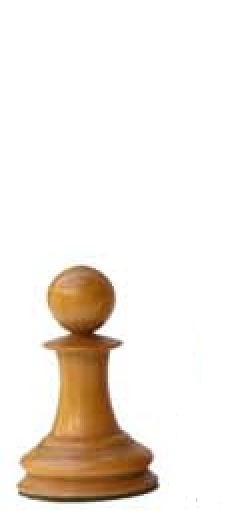
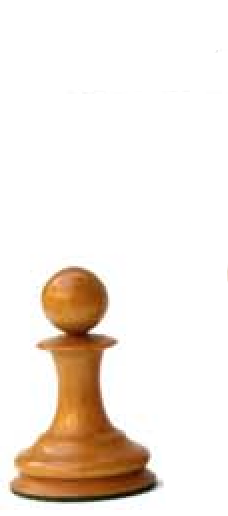
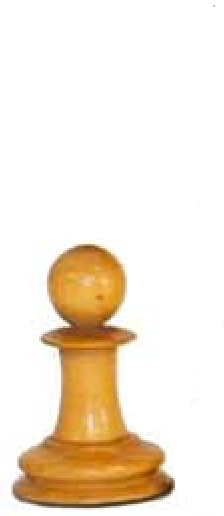
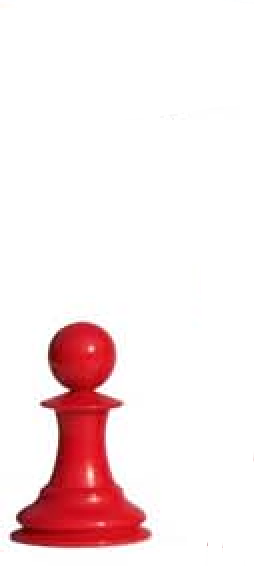
(1849/50 "Cook(e)"Type 2)-(1850 "Cook(e)"Type 1)-(1850/51 "Morphy")-(1851-52)
The 1852-55 “Harrwitz” sets were the last of the sets with registration (Lozenge) stickers.
(Image by: Alan Fersht of britishchesssets.com)
Following the end of personally signed labels around 1850–1851, there was a significant shift in both the coloring and numbering system of Jaques labels. A printed facsimile of Staunton’s signature replaced the original hand-signed versions—a practice that continues to this day.
The updated labels included a printed "Entered No." and were color-coded to distinguish the type and style of each set:
Green labels were used for wooden sets with weighted bases, housed in mahogany hinge-top boxes. These sets formed a series starting with “1,” numbered from 1,000 to 1,999.
Yellow labels identified sets in Carton Pierre caskets—typically smaller, unweighted wooden sets. These were numbered in a “2” series, ranging from 2,000 to 2,999.
Red labels were reserved for ivory sets, with all numbered examples beginning with “3.”
(Images by: Alan Fersht of britishchesssets.com)
In 1852, slide-lid cedar boxes were introduced to house the smaller, unweighted boxwood and ebony sets. These boxes featured labels affixed to the top of the lid—often faded to yellow over time. Constructed with simple mitred corners and reinforced top joints, the earlier versions were typically lined with red fabric. In later examples, green baize lining became more common, particularly as cedar was gradually replaced by mahogany.
(Images by: Shane Chateauneuf of MyChessCollection.com)
The 1853-55 knight is undoubtedly based on the standard “Parthenon Horse”.
(Images by: Alan Fersht of britishchesssets.com)
In 1853, smaller sets—referred to as “library size”—were introduced. The unweighted wooden versions of these sets were typically housed in more economical slide-lid boxes.
(Images by: Shane Chateauneuf of MyChessCollection.com)
Jaques design mix & match
Some pieces from earlier designs were occasionally carried over into newer production batches and sold as-is. To help identify or reconstruct a possible Jaques set, use the slider tool below to mix and match piece designs. This tool allows you to combine elements from up to four (4) consecutive design generations, making it easier to recreate or match a historically plausible set configuration.
(SETS FROM 1850-1855)
(Images by: Alan Fersht of britishchesssets.com)


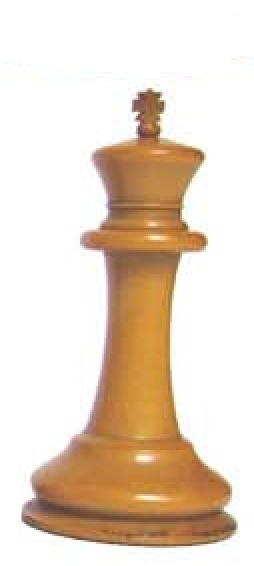
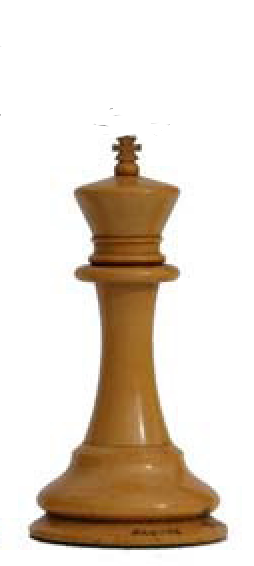
(1850/51 "Morphy")-(1851/52)-(1852/55 "Harritz")-(1853/55 "Paulsen")


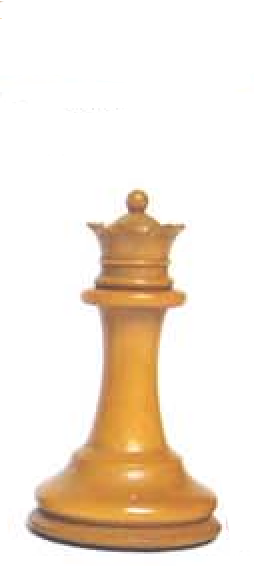
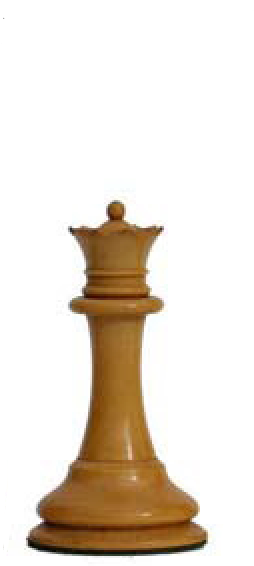
(1850/51 "Morphy")-(1851/52)-(1852/55 "Harritz")-(1853/55 "Paulsen")


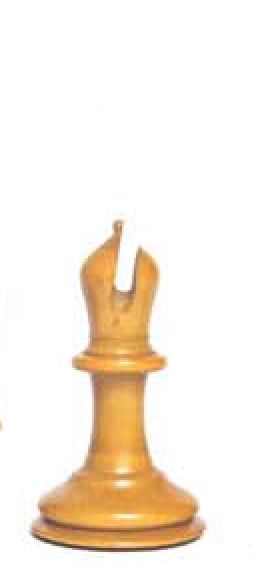
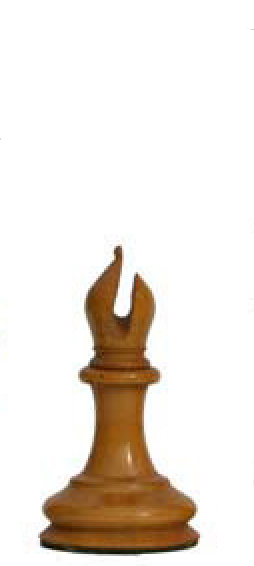
(1850/51 "Morphy")-(1851/52)-(1852/55 "Harritz")-(1853/55 "Paulsen")


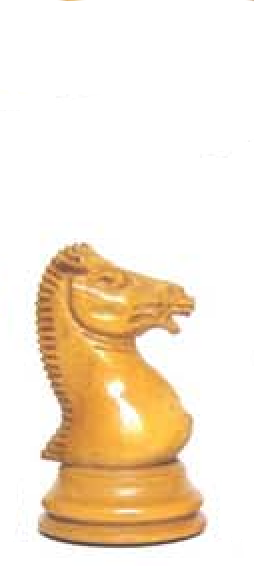
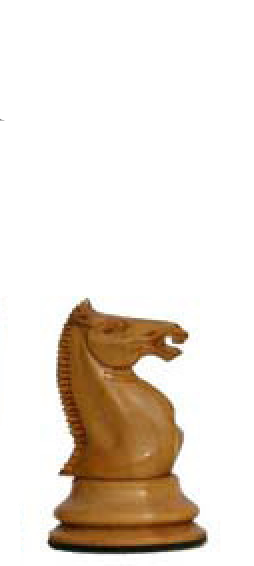
(1850/51 "Morphy")-(1851/52)-(1852/55 "Harritz")-(1853/55 "Paulsen")


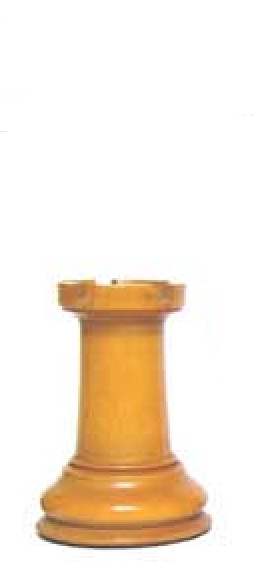
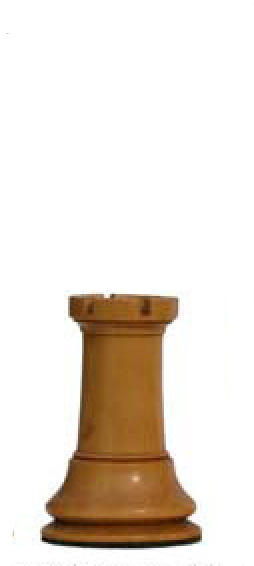
(1850/51 "Morphy")-(1851/52)-(1852/55 "Harritz")-(1853/55 "Paulsen")



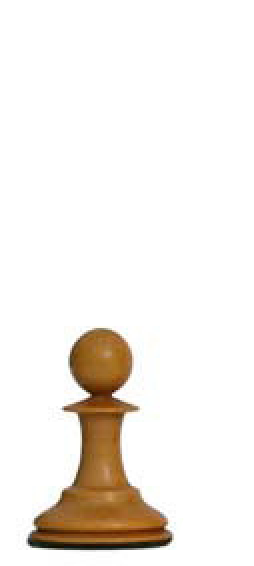
(1850/51 "Morphy")-(1851/52)-(1852/55 "Harritz")-(1853/55 "Paulsen")
The 1855–65 "Anderssen" sets represent the first of three distinct designs attributed to the Anderssen style.
(Image by: Alan Fersht of britishchesssets.com)
The 1855–65 "Anderssen" sets represent the second of three distinct designs attributed to the Anderssen style.
(Image by: Alan Fersht of britishchesssets.com)
The 1860–65 "Anderssen" sets represent the last of three distinct designs attributed to the Anderssen style.
(Image by: Alan Fersht of britishchesssets.com)
Jaques design mix & match
Some pieces from earlier designs were occasionally carried over into newer production batches and sold as-is. To help identify or reconstruct a possible Jaques set, use the slider tool below to mix and match piece designs. This tool allows you to combine elements from up to four (4) consecutive design generations, making it easier to recreate or match a historically plausible set configuration.
(SETS FROM 1853-1865)
(Images by: Alan Fersht of britishchesssets.com)
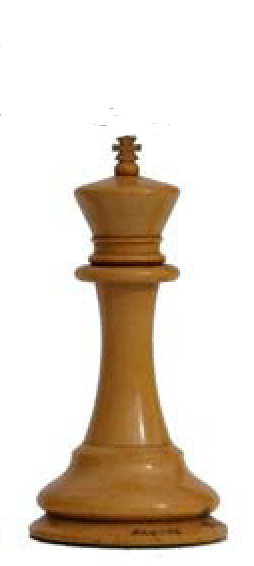
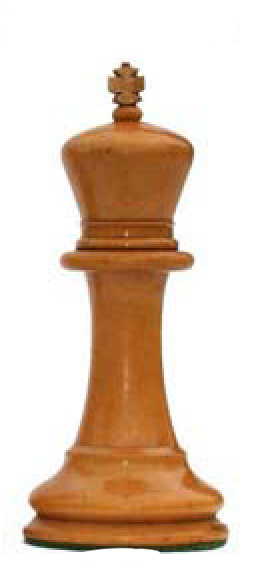
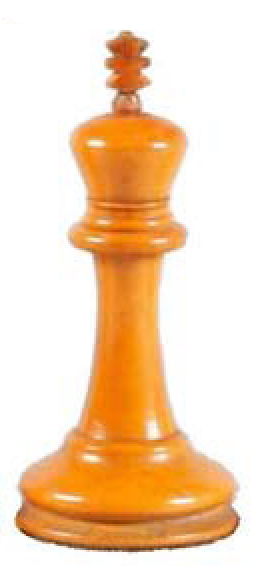
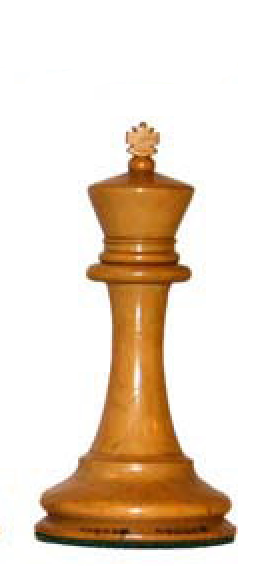
(1853/55 "Paulsen")-(1855/65 "Anderssen")-(1855/65 "Drop-Jaw")-(1860/65 "Drop-Jaw)
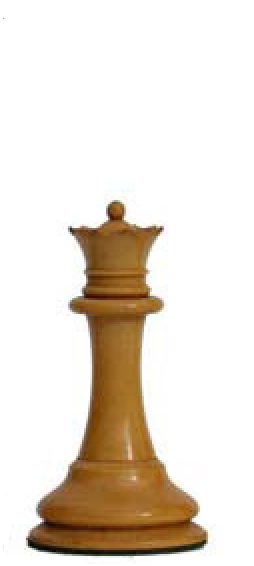
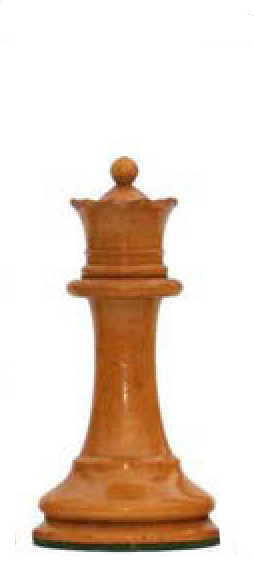
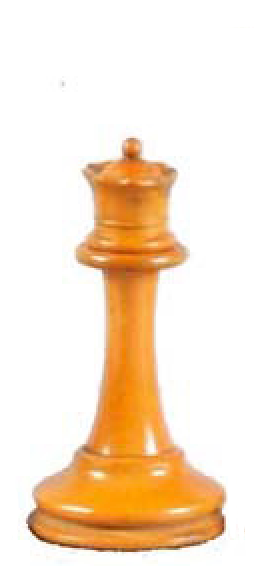
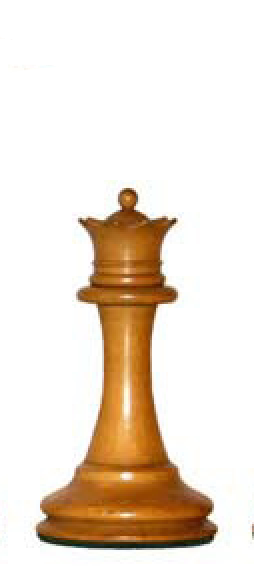
(1853/55 "Paulsen")-(1855/65 "Anderssen")-(1855/65 "Drop-Jaw")-(1860/65 "Drop-Jaw)

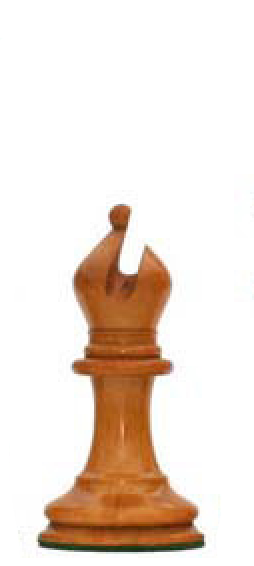
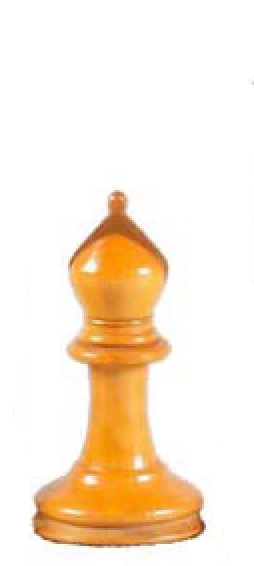
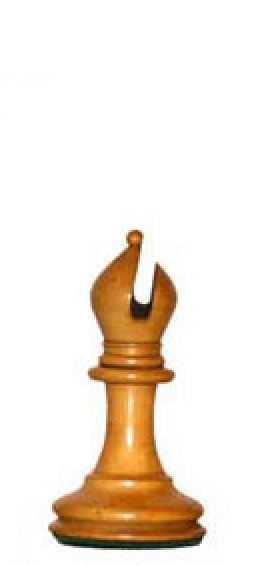
(1853/55 "Paulsen")-(1855/65 "Anderssen")-(1855/65 "Drop-Jaw")-(1860/65 "Drop-Jaw)

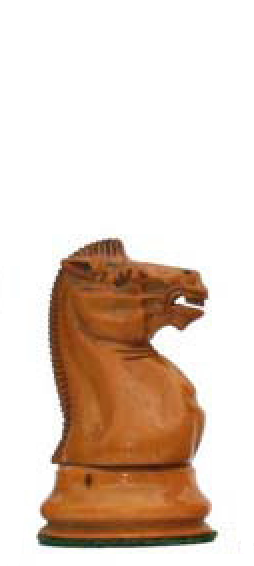
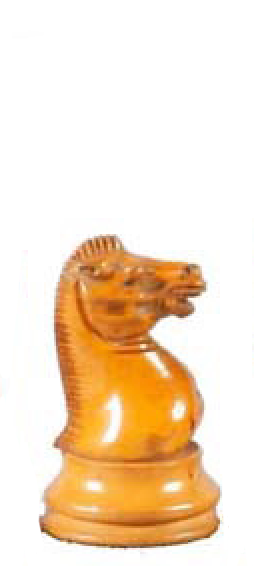
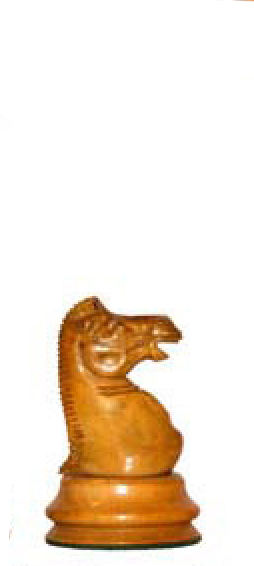
(1853/55 "Paulsen")-(1855/65 "Anderssen")-(1855/65 "Drop-Jaw")-(1860/65 "Drop-Jaw)

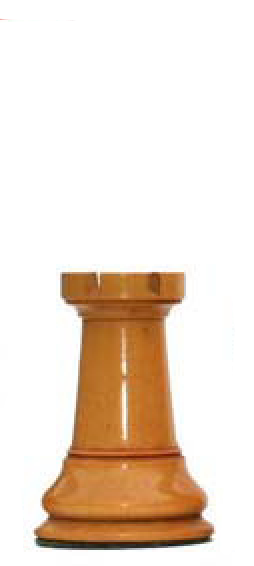
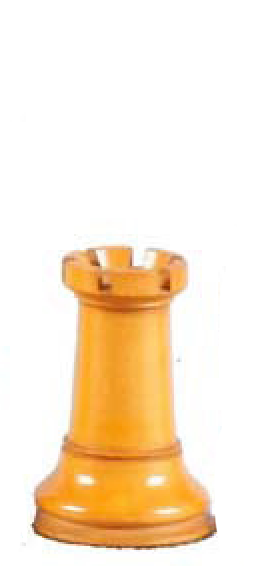
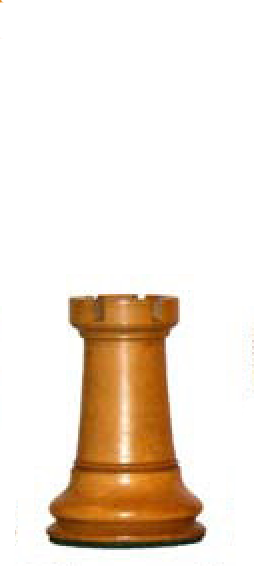
(1853/55 "Paulsen")-(1855/65 "Anderssen")-(1855/65 "Drop-Jaw")-(1860/65 "Drop-Jaw)

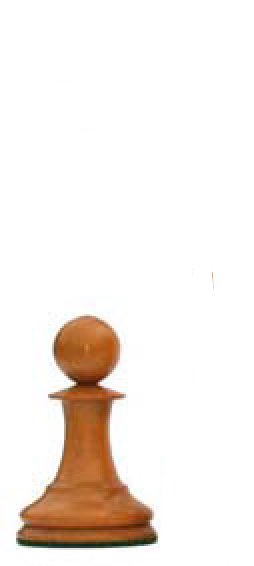
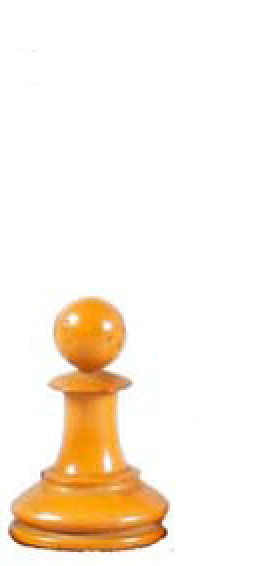
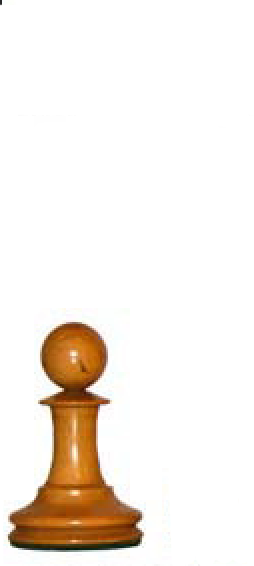
(1853/55 "Paulsen")-(1855/65 "Anderssen")-(1855/65 "Drop-Jaw")-(1860/65 "Drop-Jaw)
The 1865–1870 "Steinitz" sets are born.
(Image by: Alan Fersht of britishchesssets.com)
In 1867, Jaques introduced the “Small Club sized” sets to the world.
(Image by: Shane Chateauneuf of MyChessCollection.com)
The 1870–1875 "Tarrasch" sets are created.
(Image by: Alan Fersht of britishchesssets.com)
The 1875–1880 "Zukertort" sets are introduced.
(Image by: Alan Fersht of britishchesssets.com)
Jaques design mix & match
Some pieces from earlier designs were occasionally carried over into newer production batches and sold as-is. To help identify or reconstruct a possible Jaques set, use the slider tool below to mix and match piece designs. This tool allows you to combine elements from up to four (4) consecutive design generations, making it easier to recreate or match a historically plausible set configuration.
(SETS FROM 1860-1875/80)
(Images by: Alan Fersht of britishchesssets.com)

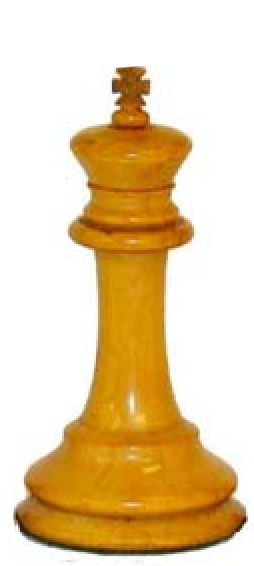
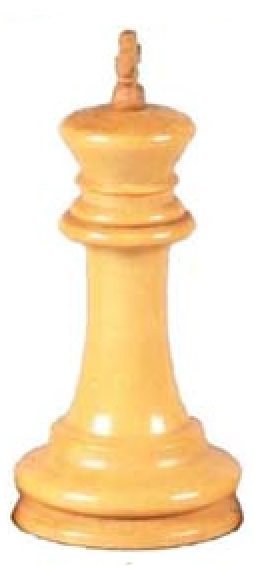
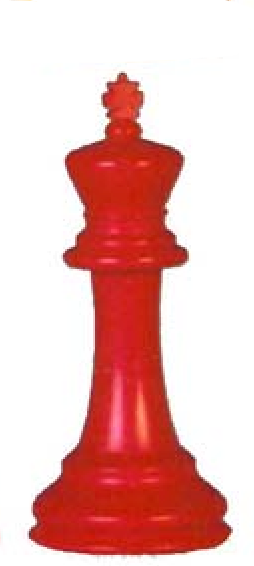
(1860/65 "Drop-Jaw)-(1865/70 "Steinitz")-1870/75 "Tarrasch")-(1875/80 "Zukertort")

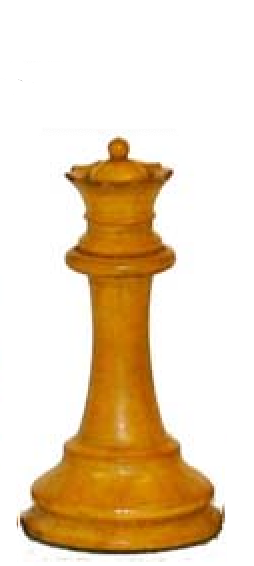
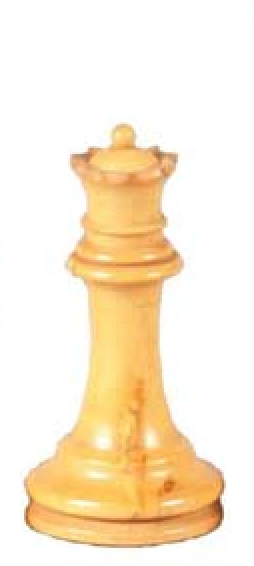
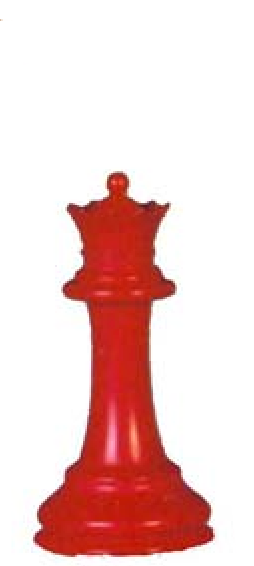
(1860/65 "Drop-Jaw)-(1865/70 "Steinitz")-1870/75 "Tarrasch")-(1875/80 "Zukertort")

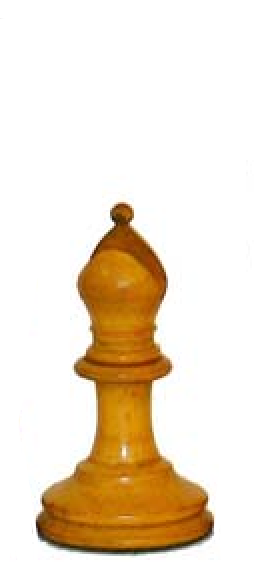
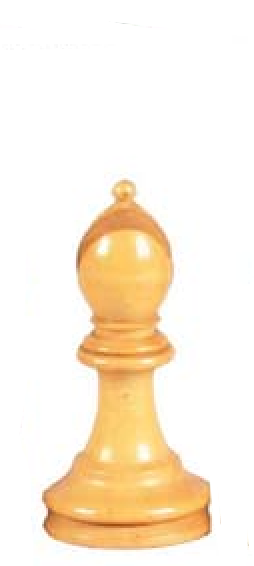
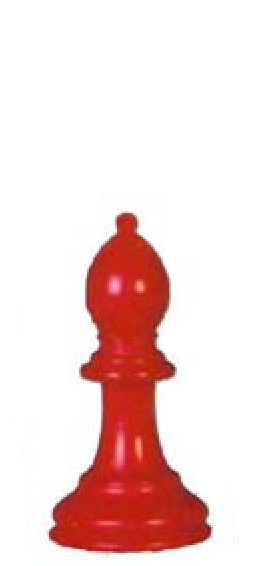
(1860/65 "Drop-Jaw)-(1865/70 "Steinitz")-1870/75 "Tarrasch")-(1875/80 "Zukertort")

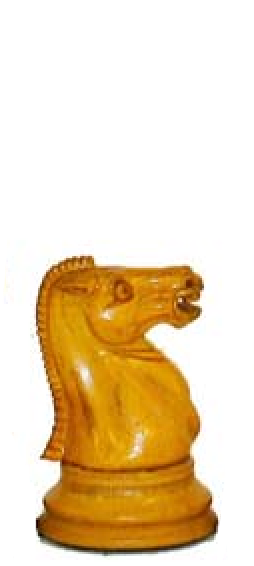
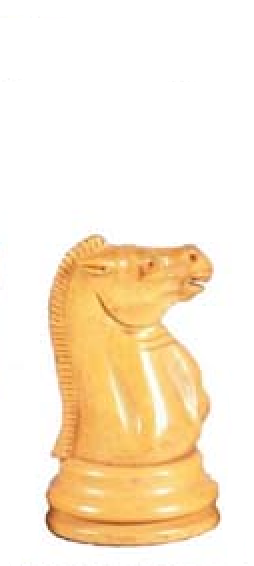
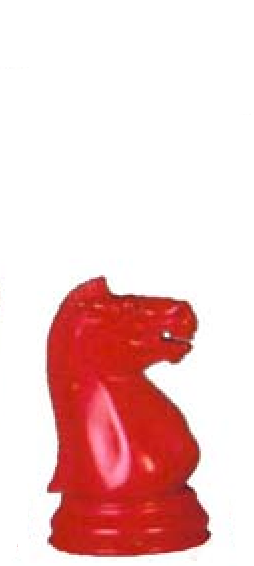
(1860/65 "Drop-Jaw)-(1865/70 "Steinitz")-1870/75 "Tarrasch")-(1875/80 "Zukertort")

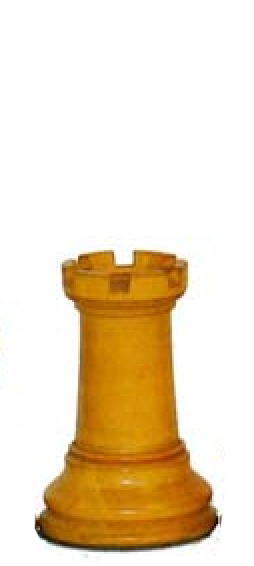
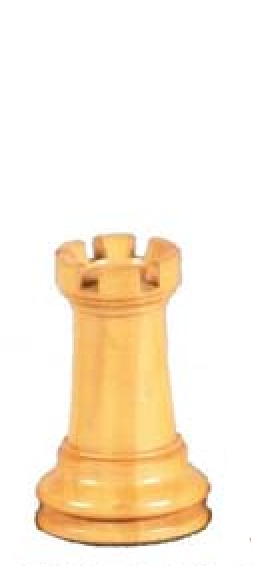

(1860/65 "Drop-Jaw)-(1865/70 "Steinitz")-1870/75 "Tarrasch")-(1875/80 "Zukertort")

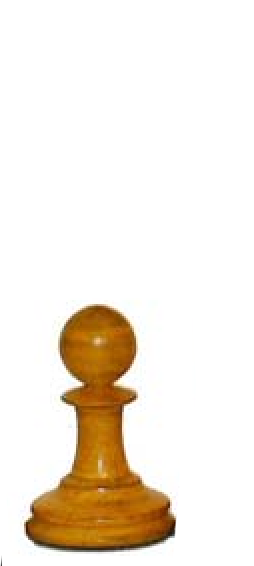
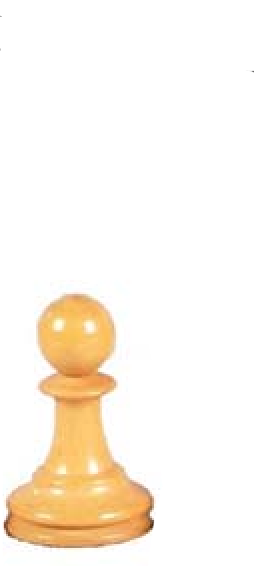
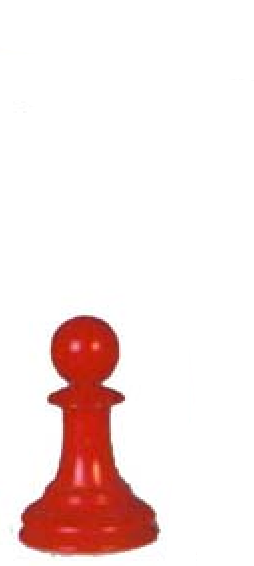
(1860/65 "Drop-Jaw)-(1865/70 "Steinitz")-1870/75 "Tarrasch")-(1875/80 "Zukertort")
The 1880–1885 "Lasker" sets are born.
(Image by: Alan Fersht of britishchesssets.com)
In the late 1880s to early 1890s, leather caskets were introduced as the standard housing for Jaques ivory chess sets—and possibly for wooden sets by special request. These caskets typically came in red or green leather sarcophagus-style designs, with the less common “Trolley Car” variant also in circulation. There is documented evidence of blue leather caskets as well, although these were exclusively associated with Marshall-style sets from 1899 onward. All known examples of these caskets featured green Jaques labels.
The timeline and application of leather caskets remain a topic of ongoing debate—particularly from my own (admittedly biased) perspective. I personally own a wooden Jaques set that is believed to be entirely original, housed in what appears to be its original leather casket. Notably, the king is stamped only on the white side—a detail that aligns with Jaques production from approximately 1885 to 1890. Since the exact year when double stamping became mandatory remains unclear, it’s challenging to pinpoint an exact date. However, based on current understanding, the set appears to fit squarely within that transitional window.
This particular set comes from the collection of Frank Camaratta, who has confirmed that the label precisely matches the set and the time period associated with the early introduction of leather caskets. Frank is confident—almost entirely so—that this set is an original suite.
While leather caskets were generally intended for ivory sets due to their higher cost, both Frank, Alan Fersht, and I believe it is entirely plausible—if not likely—that Jaques accommodated custom requests, such as pairing a wooden set with a leather casket. Given their premium nature, early green leather caskets may have remained in stock for extended periods, eventually paired with wooden sets when requested by clients.
Further supporting the idea that leather caskets predate the first known advertisement in October 1890 is the existence of at least two custom ivory sets produced by Jaques with 5.5” kings: one created circa 1860–1865 for a Mexican general, and another possibly made in the 1850s for Howard Staunton himself. Both were housed in red leather Trolley Car caskets, clearly demonstrating that leather caskets were in production well before the commonly accepted 1890s timeline.
If my set is indeed original—as the evidence strongly suggests—it may represent the earliest known example of a leather casket paired with a wooden Jaques set from the late 1880s, apart from those two unique ivory commissions.
(Set images by Shane Chateauneuf of MyChessCollection.com. Ivory set image courtesy of Alan Fersht, britishchesssets.com.)
(Images by: Shane Chateauneuf of MyChessCollection.com) &(Ivory set Image by: Alan Fersht of britishchesssets.com)
The 1885–1890 "Pre-Hartston" sets are created.
(Image by: Alan Fersht of britishchesssets.com)
The 1890–1900 "Hartston" sets are introduced.
(Image by: Alan Fersht of britishchesssets.com)
Until 1890, both club and tournament sets were housed in Mahogany single-compartment boxes without separation between the pieces. Later designs introduced divided compartments to separate the black and white pieces.
(Images by: Shane Chateauneuf of MyChessCollection.com)
Jaques design mix & match
Some pieces from earlier designs were occasionally carried over into newer production batches and sold as-is. To help identify or reconstruct a possible Jaques set, use the slider tool below to mix and match piece designs. This tool allows you to combine elements from up to four (4) consecutive design generations, making it easier to recreate or match a historically plausible set configuration.
(SETS FROM 1875-1900)
(Images by: Alan Fersht of britishchesssets.com)

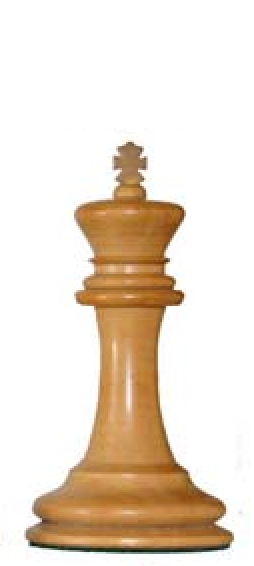
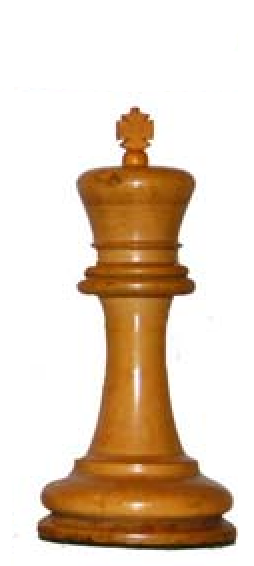
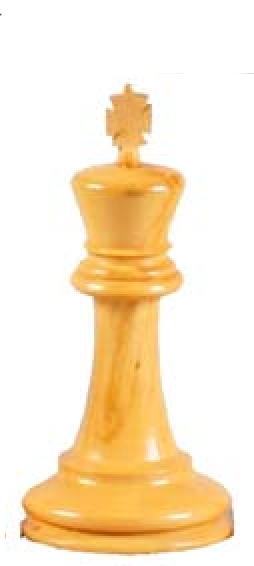
(1875/80 "Zukertort")-(1880/85 "Lasker")-(1885/90 "Pre-Harston")-(1890/1900 "Hartston")

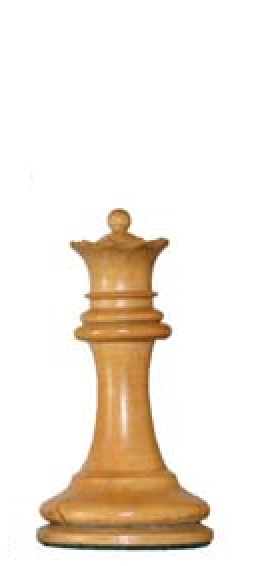
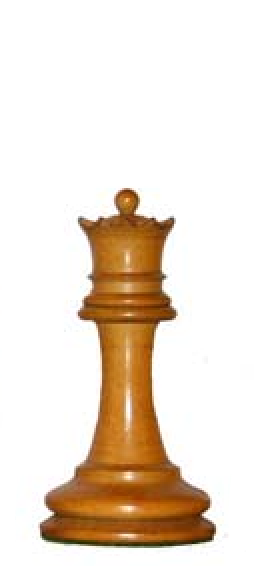
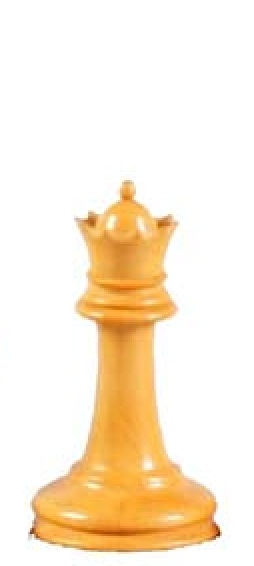
(1875/80 "Zukertort")-(1880/85 "Lasker")-(1885/90 "Pre-Harston")-(1890/1900 "Hartston")

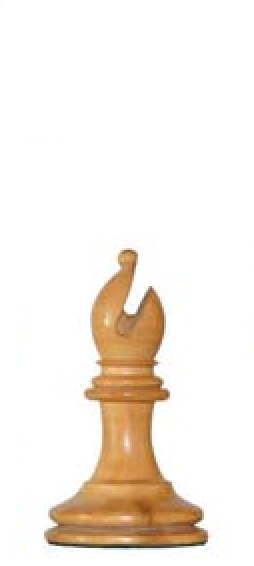
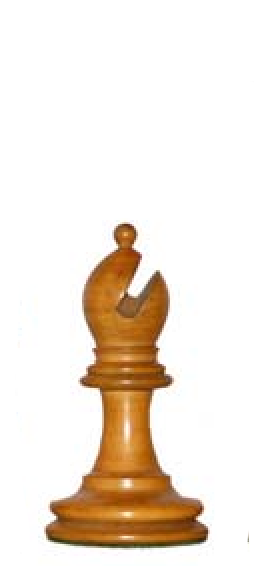
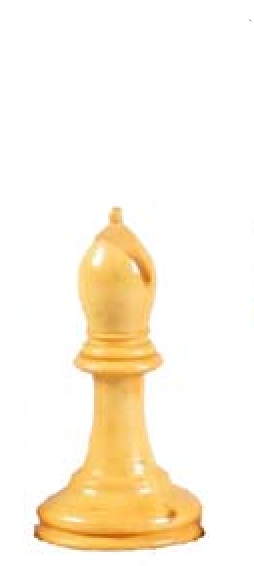
(1875/80 "Zukertort")-(1880/85 "Lasker")-(1885/90 "Pre-Harston")-(1890/1900 "Hartston")

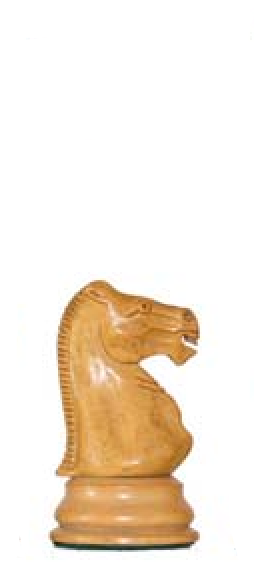
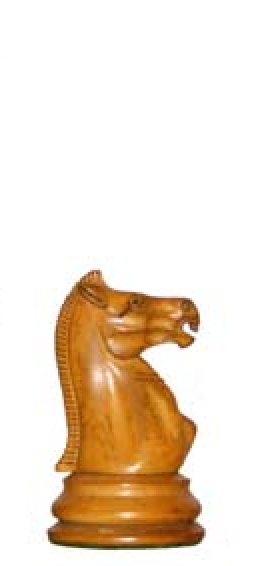
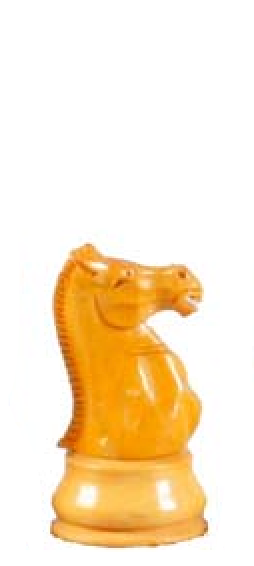
(1875/80 "Zukertort")-(1880/85 "Lasker")-(1885/90 "Pre-Harston")-(1890/1900 "Hartston")


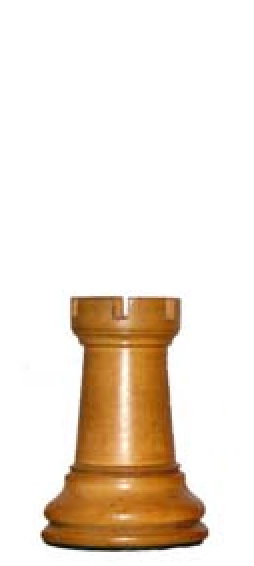
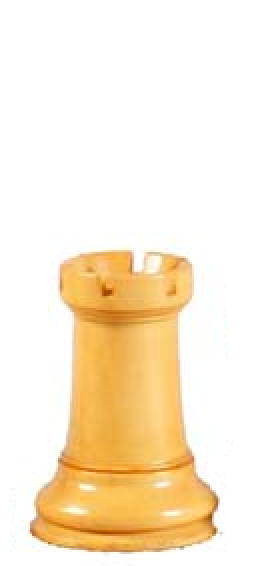
(1875/80 "Zukertort")-(1880/85 "Lasker")-(1885/90 "Pre-Harston")-(1890/1900 "Hartston")

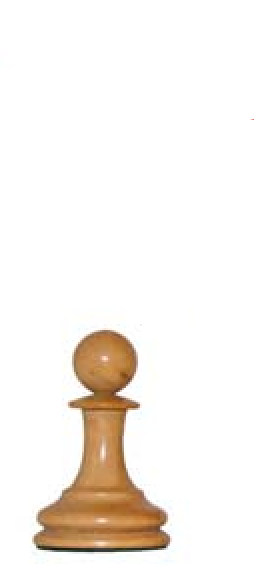
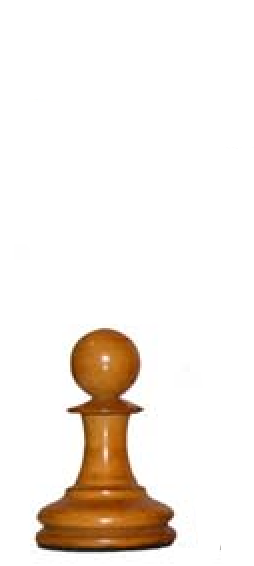
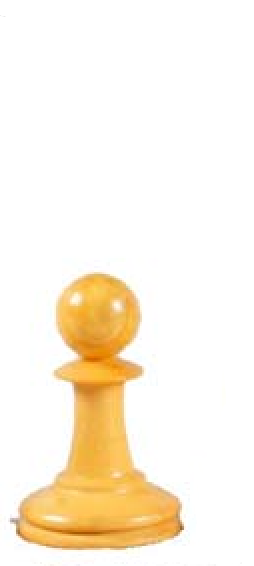
(1875/80 "Zukertort")-(1880/85 "Lasker")-(1885/90 "Pre-Harston")-(1890/1900 "Hartston")
The 1900–1915 "Marshall" sets are born.
(Image by: Alan Fersht of britishchesssets.com)
The 1915–25 "Nimzovich" sets are created.
(Image by: Alan Fersht of britishchesssets.com)
The 1925–37 "Broadbend" sets are introduced.
(Image by: Alan Fersht of britishchesssets.com)
The 1938–40 "Lessing" sets are born.
(Image by: Alan Fersht of britishchesssets.com)
Jaques design mix & match
Some pieces from earlier designs were occasionally carried over into newer production batches and sold as-is. To help identify or reconstruct a possible Jaques set, use the slider tool below to mix and match piece designs. This tool allows you to combine elements from up to five (5) consecutive design generations, making it easier to recreate or match a historically plausible set configuration.
(SETS FROM 1890-1940)
(Images by: Alan Fersht of britishchesssets.com)

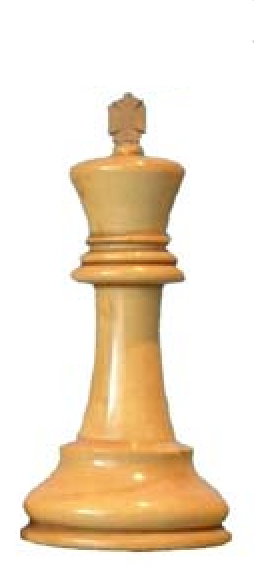
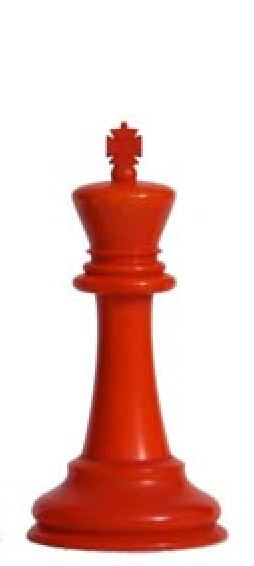
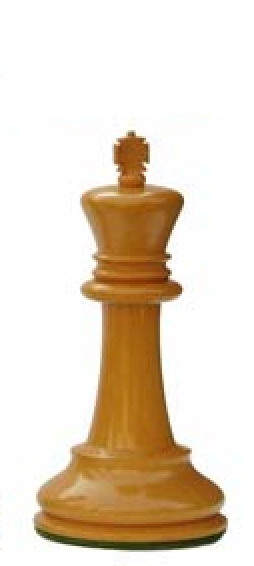
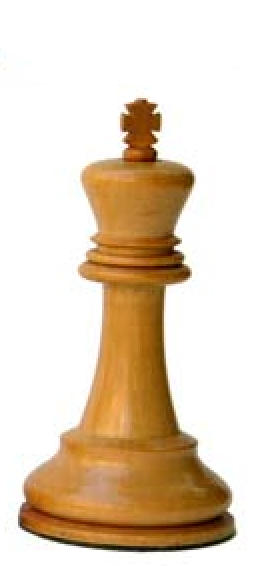
(1890/1900 "Hartston")-(1900/15 "Marshall")-(1915/25 "Nimzovich")-(1925/37 "Broadbend")-(1938/40 "Lessing")

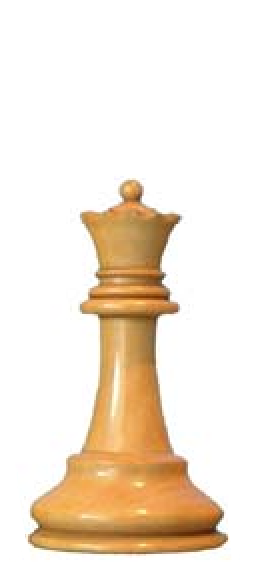
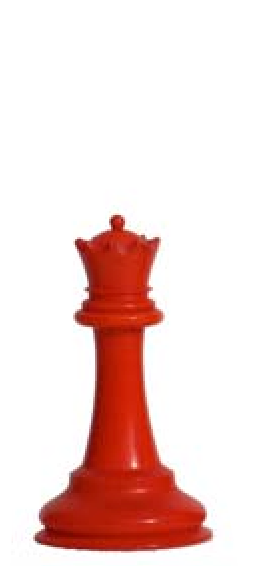
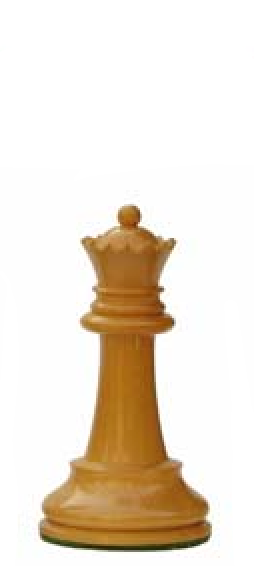
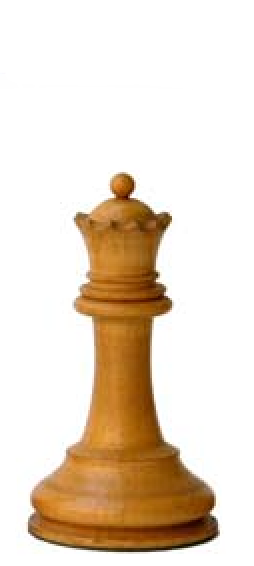
(1890/1900 "Hartston")-(1900/15 "Marshall")-(1915/25 "Nimzovich")-(1925/37 "Broadbend")-(1938/40 "Lessing")

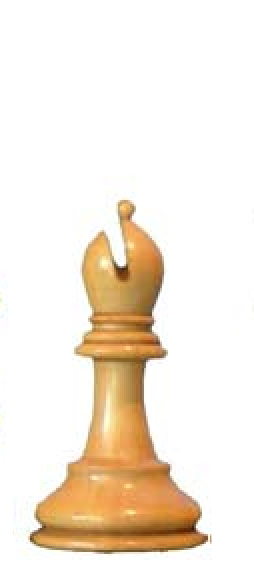
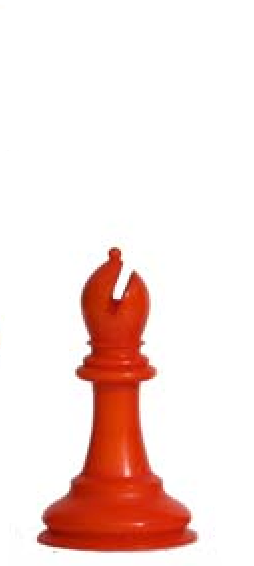
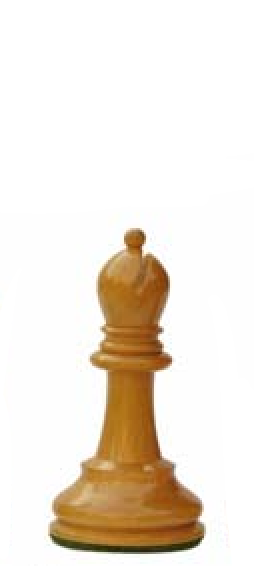
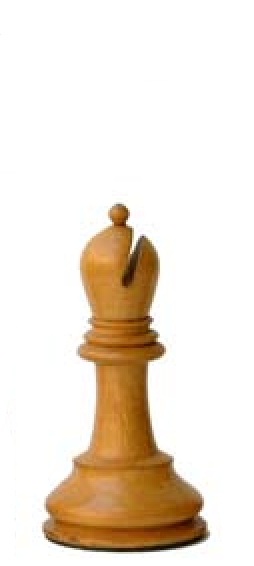
(1890/1900 "Hartston")-(1900/15 "Marshall")-(1915/25 "Nimzovich")-(1925/37 "Broadbend")-(1938/40 "Lessing")

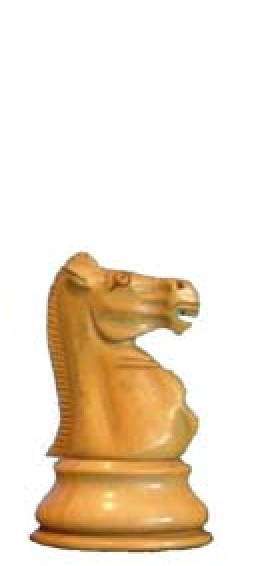
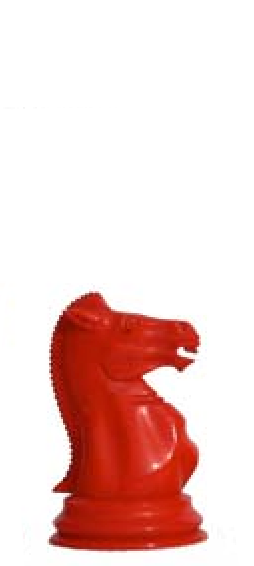
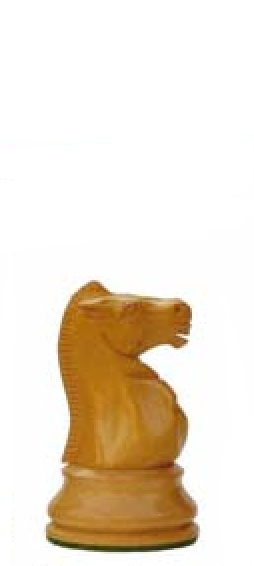
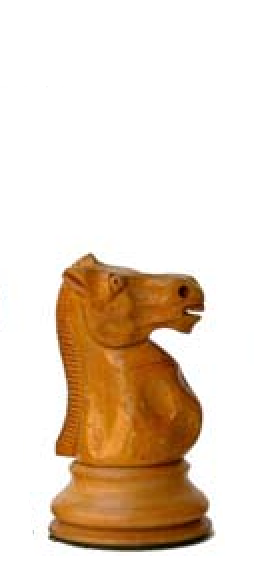
(1890/1900 "Hartston")-(1900/15 "Marshall")-(1915/25 "Nimzovich")-(1925/37 "Broadbend")-(1938/40 "Lessing")

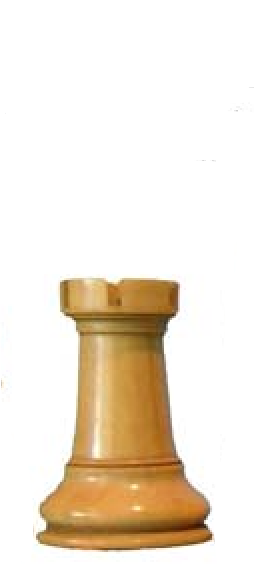
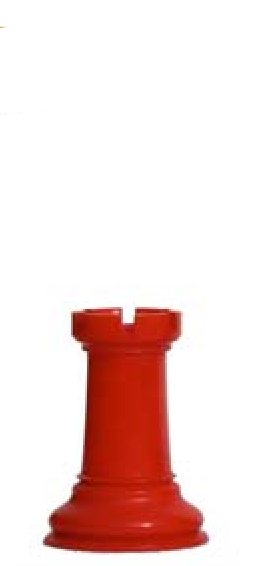
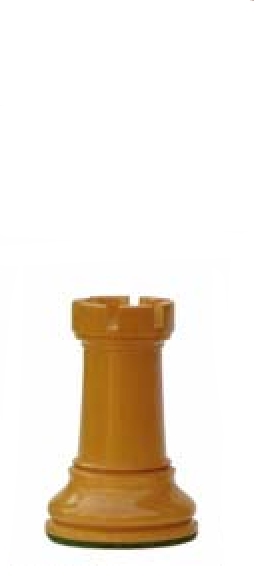
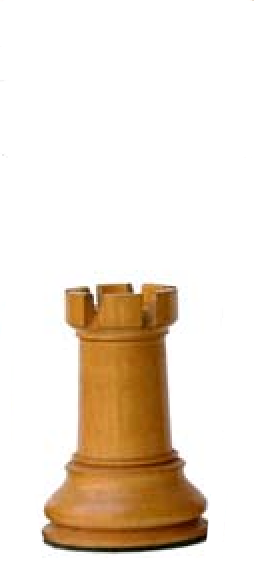
(1890/1900 "Hartston")-(1900/15 "Marshall")-(1915/25 "Nimzovich")-(1925/37 "Broadbend")-(1938/40 "Lessing")

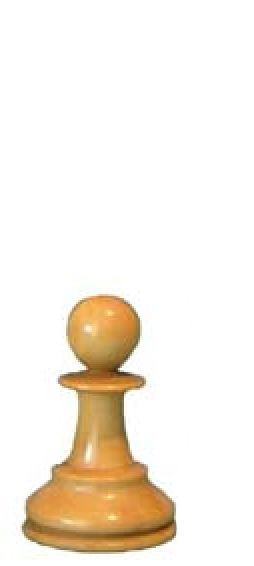

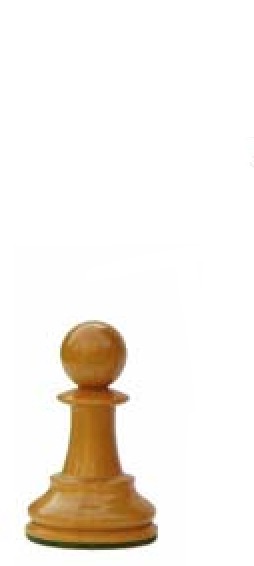
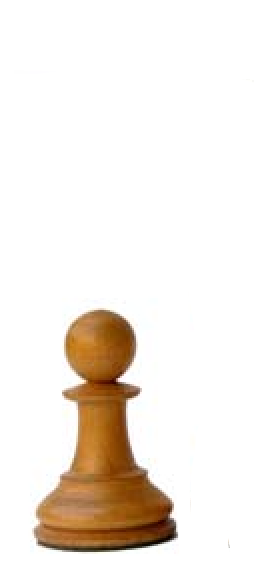
(1890/1900 "Hartston")-(1900/15 "Marshall")-(1915/25 "Nimzovich")-(1925/37 "Broadbend")-(1938/40 "Lessing")
Cataloging both the recognized and perceived changes in the carving styles of Jaques knights’ heads remains a complex and often problematic task. One major challenge is the uncertainty surrounding whether we’ve even seen all the possible variations to date. Further complicating matters is the fact that some variations in knight heads can appear within the same set, while other supposed stylistic differences may simply be the result of natural hand-carving variations by the same artisan at the same time.
(Images by: Alan Fersht of britishchesssets.com)
Again, this Jaques Timeline exists solely thanks to the extensive research and dedication of Frank Camaratta, Alan Fersht, Robert Stoller, James Cousin, Jon Crumiller, Tim Millard, Charlie Todd, Jonathan Angell and many others whose many years of work help laid the foundation for this project.
Again, I’m deeply grateful to Alan for generously allowing the use of selected images from his books and website to help bring this timeline to life. The goal is for this project to serve as both an extension and a practical tool that complements Frank and Alan’s work—helping others to educate themselves, identify, or even reconstruct possible original sets.
For a deeper and more detailed analysis, I encourage you to visit: britishchesssets.com.
(Again, this timeline will be updated with revisions or newly discovered information as it becomes available.)


